
































This issue of the Tri-C Times has been six decades in the making. The fall of 2023 marks the 60th anniversary of Cuyahoga Community College (Tri-C®), and I am thrilled to celebrate our past and look forward to our future with each of you.
Tri-C’s first registration day — Sept. 19, 1963 — took place in the humble confines of the old Brownell School building in downtown Cleveland, but we still arrived with a bang. Dubbed the “Miracle on 14th Street” by the local press, more than 3,000 students queued in a line that wrapped around the building and down the street, waiting to register for classes. It was the largest first-day enrollment for a community college in the nation’s history.
A year later, our enrollment doubled to 6,000. By 1965, it had risen to 9,000 students. Today, we welcome nearly 41,000 students to our campuses and online programs each year.
Students come to us from across Northeast Ohio and beyond, seeking an education that leads to more earning potential and a better life. We are an essential partner in driving the economic growth of this region, teaming with scores of local businesses and other educational institutions to provide pathways to completion and employment.
In our cover story, you’ll learn how we have evolved from one campus in downtown Cleveland to multiple locations in Cuyahoga and Medina counties, becoming an educational hub for manufacturing, health care, technology and many other industries integral to the Northeast Ohio economy.
You’ll also meet some of the people who have helped shape Tri-C over the years.
Sam LiPuma, an associate professor of philosophy, has taught at Tri-C for more than 30 years and has seen the many ways the College has adapted and changed while still staying true to its mission to provide educational access for all.
Alumna Rokeishia Rodgers came to Tri-C looking for a career path. She graduated with a newfound life direction and sense of purpose.
Cuyahoga Community College Foundation donor Margaret Wong has been steadfast in her support of Tri-C for three decades, with an unwavering commitment to helping our students.
You’ll also read reflections from myself and Tri-C’s past presidents, as we share our thoughts on what makes this College a special place for our community.
It has been a remarkable journey from those first 3,000 students in 1963, but we are just getting started. Together, we will continue the work that will shape our institution’s – and our region’s – bright future.
Sincerely,
Michael A. Baston, J.D., Ed.D. President, Cuyahoga Community College
IN THE PAGES OF THIS ISSUE, YOU’LL SEE THE INCREDIBLE IMPACT OF OUR 60 YEARS OF GROWTH.
Anthony Moujaes MANAGING EDITOR
Jarrod Zickefoose ASSISTANT EDITOR

Erik Cassano COPY EDITOR Noelle Bye WRITERS
Noelle Bye
Erik Cassano
Anthony Moujaes
Michael Von Glahn
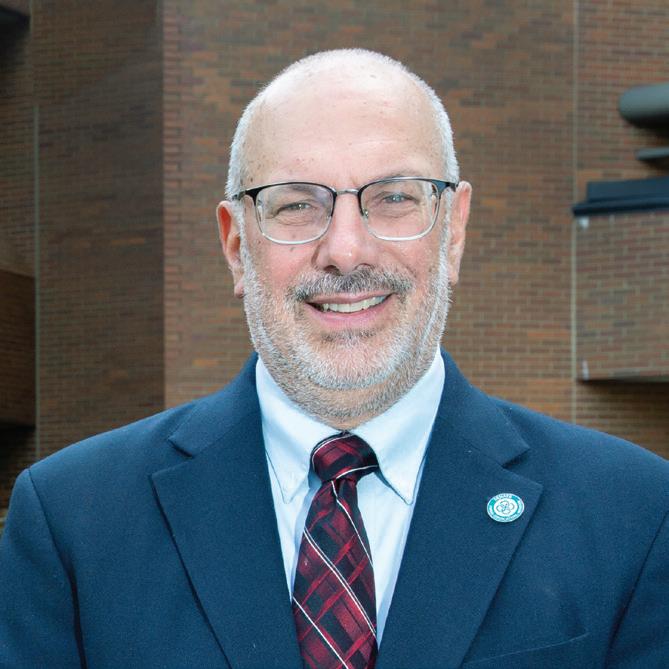
Jarrod Zickefoose ART DIRECTOR
Debbie Benz

Noelle Bye
Joe Darwal
York


Michael A. Baston’s first year as Tri-C's president celebrated Tri-C's past and aligned its resources to ensure a brighter and more purposeful future. The College launched an initiative to streamline its enrollment processes strengthened the leadership team, fortified its partnerships with key organizations and businesses, and developed a plan that puts all students on a pathway to a credential of value that supports their personal, career and economic aspirations.
Learn about the progress made in the past year in the 2023 President’s Report on the Tri-C website at: www.tri-c.edu/presidentsreport.
Eric Gordon began his role as senior vice president of Student Development and Education Pipeline on July 31, reporting to President Michael A. Baston. Gordon previously served as CEO of the Cleveland Metropolitan School District for 12 years.
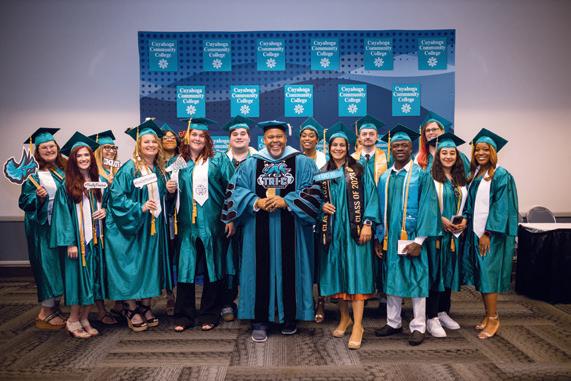
In his new role, Gordon is leading Collegewide initiatives to enhance student experiences by collaborating closely with the College leadership team. He will also oversee student pipeline programs, including Veteran and Military Connected Services, athletics and the Say Yes Scholar program.
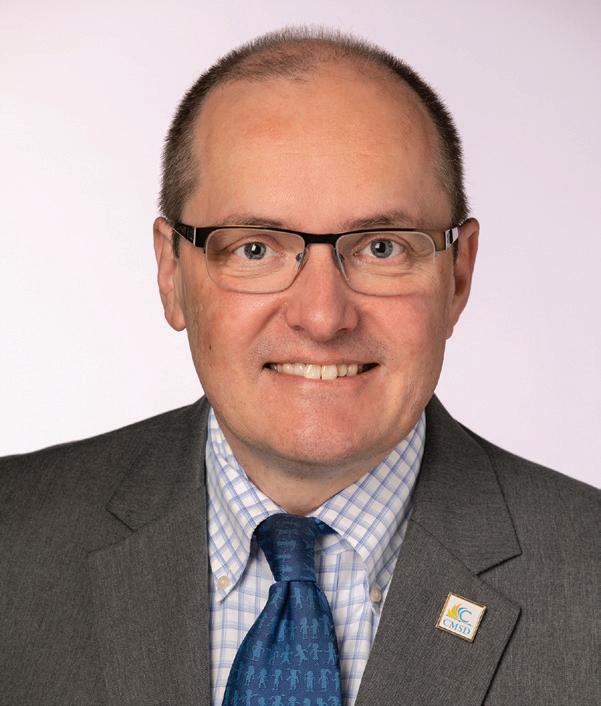

Community support has allowed Tri-C to provide affordable education and training to county residents since the its inception in 1963. Tri-C currently offers the lowest tuition in Ohio. Tri-C will have a 2.1-mill renewal levy with a 0.4-mill increase on the Nov. 7 ballot. The request asks Cuyahoga County property owners to invest an additional $1.17 per month on $100,000 of property value. The proposed levy keeps higher education affordable and accessible — a critical need as jobs increasingly require a college degree or workforce credential. Collection of the levy would begin in 2024 and run for 10 years.
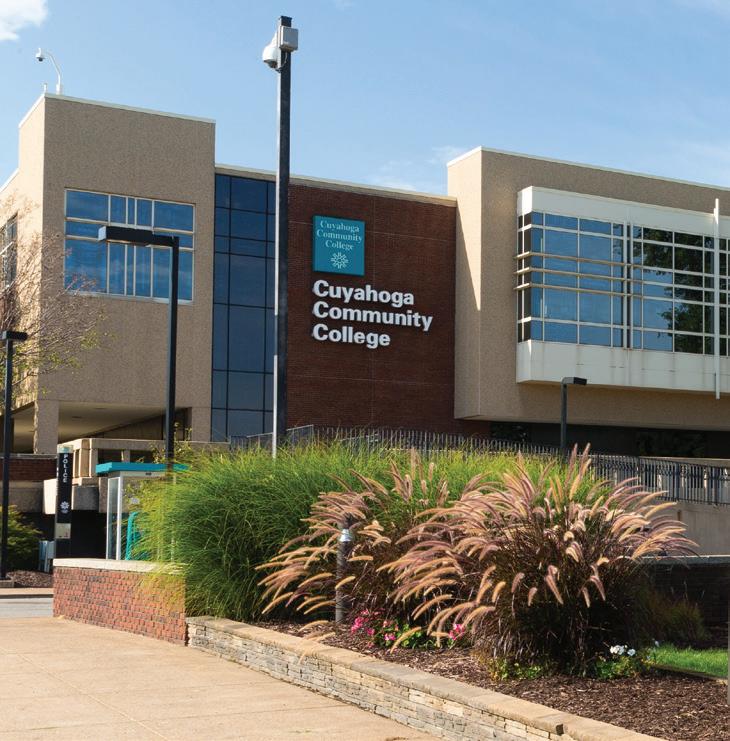
FOR 60 YEARS, TRI-C HAS BEEN A BEACON OF HOPE FOR ITS STUDENTS AND THE COMMUNITY
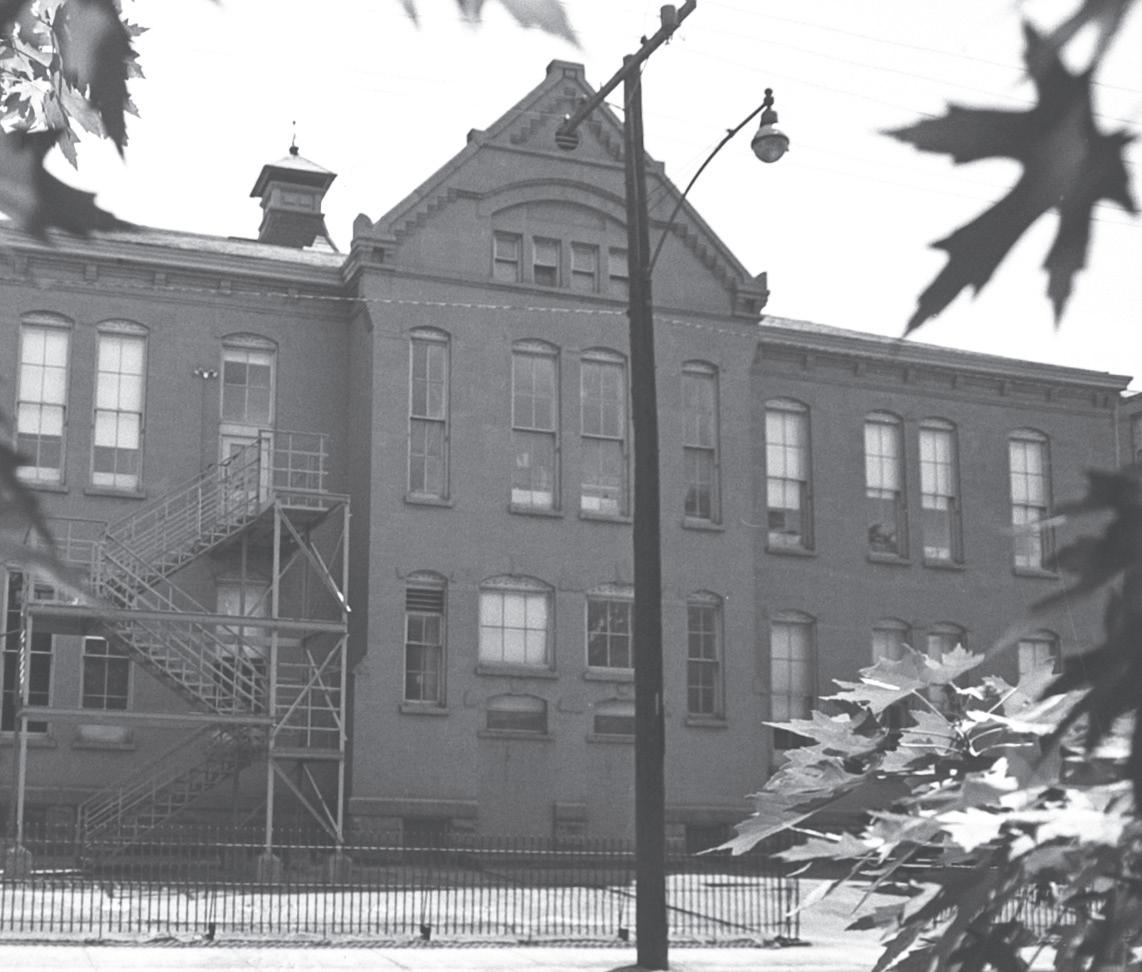 STORY BY Jarrod Zickefoose
STORY BY Jarrod Zickefoose



Tri-C opened its doors on Sept. 19, 1963. More than 3,000 students lined up to enroll in classes at the Brownell Building, a modest schoolhouse at East 14th Street and Sumner Avenue. Tri-C rented the building for $1 a year, and the College’s first president, Charles E. Chapman, helped paint the walls as it was quickly prepped to house Ohio’s first community college.

“We worked against the clock to identify the site, the faculty, the administrators, the curriculum, and to have it all in place by September 1963,” Chapman remembered. “The time came, and we wondered whether anyone would show up to take advantage of this new option for postsecondary education.”
People showed up. Initial enrollment set a record, and the local press famously dubbed the College “The Miracle on 14th Street.”





“It was the largest first-day enrollment in community college history and showed us that we were on the right track and that the men and women of Greater Cleveland and beyond would support ‘the people’s college,’” Chapman said.
That opening followed years of lobbying by the College’s founders. The public didn’t understand what a community college was. Representatives of other higher education institutions worried it would cut into their enrollment or offer subpar education.




Both hurdles were overcome. Over the last six decades, Tri-C has prevailed and grown by responding to the needs of its students and the local economy. Four-year institutions — many of which are now partners — benefit from the prepared students who came through Tri-C. Northeast Ohio industries benefit from programming that turns out workers equipped with the necessary skills to keep the region competitive.

“IT WAS THE LARGEST FIRST-DAY ENROLLMENT IN COMMUNITY COLLEGE HISTORY AND SHOWED US THAT WE WERE ON THE RIGHT TRACK AND THAT THE MEN AND WOMEN OF GREATER CLEVELAND AND BEYOND WOULD SUPPORT ‘THE PEOPLE’S COLLEGE.’”
— Charles E. Chapman, the College's first president (1963-1973)
The College has grown from that schoolhouse into a powerhouse, now comprising four campuses and multiple specialized centers. Its purpose, however, remains the same: to provide high-quality, accessible and affordable educational opportunities and services.
“Tri-C’s impact these last 60 years has been far-reaching. It can be seen in the lives of the students we have served and our contributions to the economic development of the region,” Tri-C President Michael A. Baston said. “We’ve been a vibrant part of Northeast Ohio communities, helping move people from economic fragility to economic mobility through education and training for in-demand, well-paying jobs.”
The far-reaching impact was foreshadowed on the College’s first day.
“That picture that was in the paper showing the students who came to register at the old Brownell Building and to see them strung out around the building, and you could not see the end of them – they were four and five abreast — that was inspiring,” Chapman said.
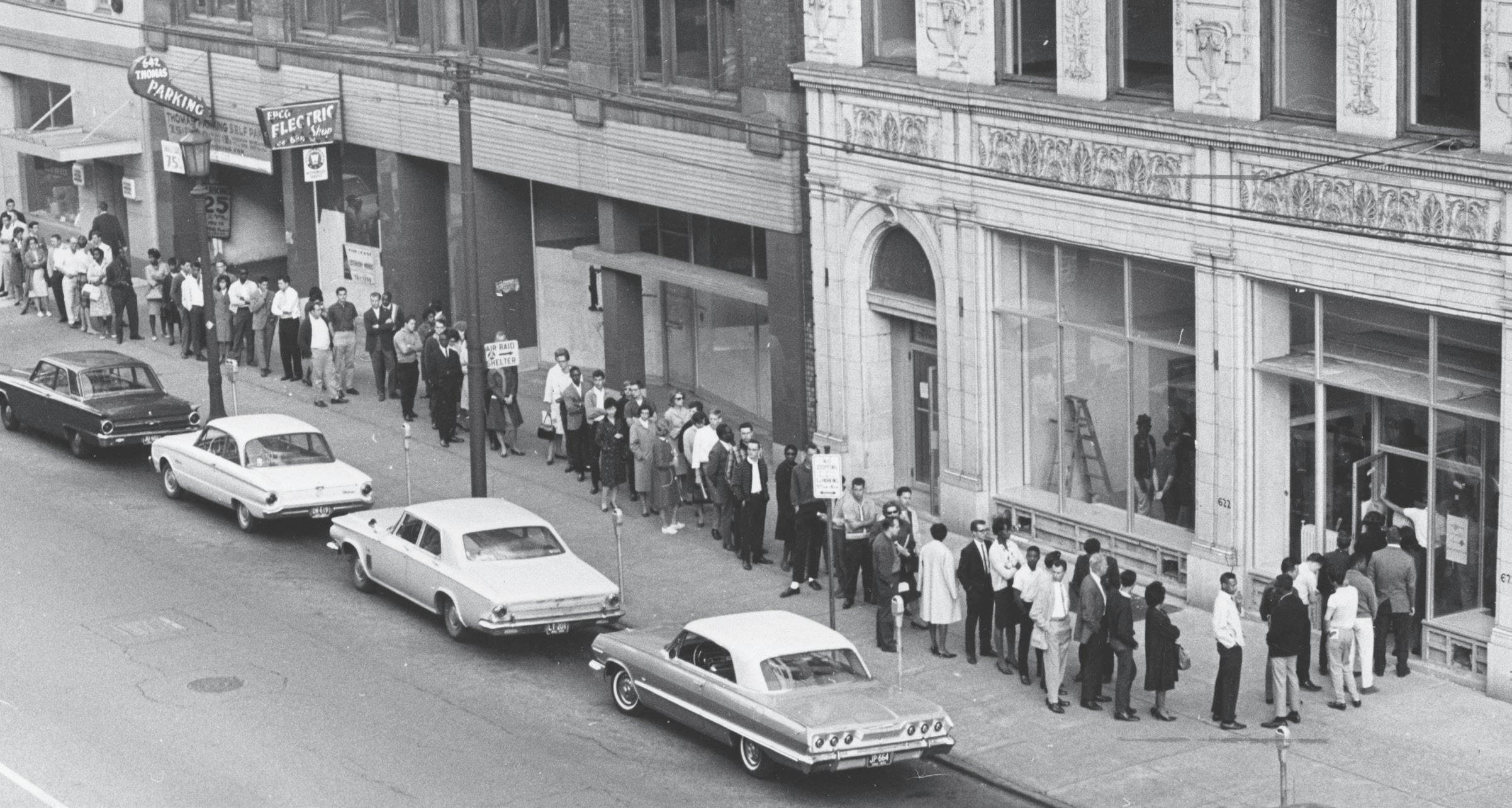
Chapman envisioned Tri-C as a multi-campus institution, serving the central city as well as the eastern and western suburbs. But in the beginning, political support and funding were not in the College’s favor. Twice in two years, the Ohio legislature gave in to lobbying efforts opposed to two-year colleges in the state. Tri-C needed to prove its worth, and in spite of skeptics, students would make the strongest case for the College.
Tri-C’s initial student enrollment outsized the Brownell Building’s capacity, so administrators scrambled to find more space. Tri-C secured room for evening classes at Brush High School in South Euclid and Valley Forge High School in Parma Heights. Soon the College secured warehouse space down the street from the Brownell Building and an eight-story building on Huron Road for classes. Brownell, the warehouse and the Huron Road facilities made up the College’s first “Metro” campus.
— Michael A. Baston, the College's fifth president (2022-present)“TRI-C’S IMPACT THESE LAST 60 YEARS HAS BEEN FAR-REACHING. IT CAN BE SEEN IN THE LIVES OF THE STUDENTS WE HAVE SERVED AND OUR CONTRIBUTIONS TO THE ECONOMIC DEVELOPMENT OF THE REGION.”
“We can do it. And we’ll surprise the whole damn town,” Chapman said.






One year after the College opened its doors, enrollment doubled to 6,000. It tripled to 9,000 by 1965. The College started with a faculty of fewer than 30. By 1966, there were 150 full-time and almost 300 part-time instructors.

Robert Lewis, a Tri-C trustee from 1962-1980 and a key figure in the College’s development, wrote words that still ring true: “From the very beginning, we found the need for a community college in our district to be so compelling as to be startling, and the enthusiasm and encouragement from all areas and elements of the district for its establishment so strong as to be inspiring.”
The College was authorized to spend $800,000 to buy the 40-acre St. Vincent urban renewal area on the eastern edge of downtown Cleveland. This would become the permanent home of Tri-C’s Metropolitan Campus. Soon after, the abandoned Crile Veterans Hospital in Parma was donated to the College. The hospital was remodeled and opened as Tri-C’s Western Campus in 1966.
In 1969, Tri-C had 15,000 registered students at its two campuses.









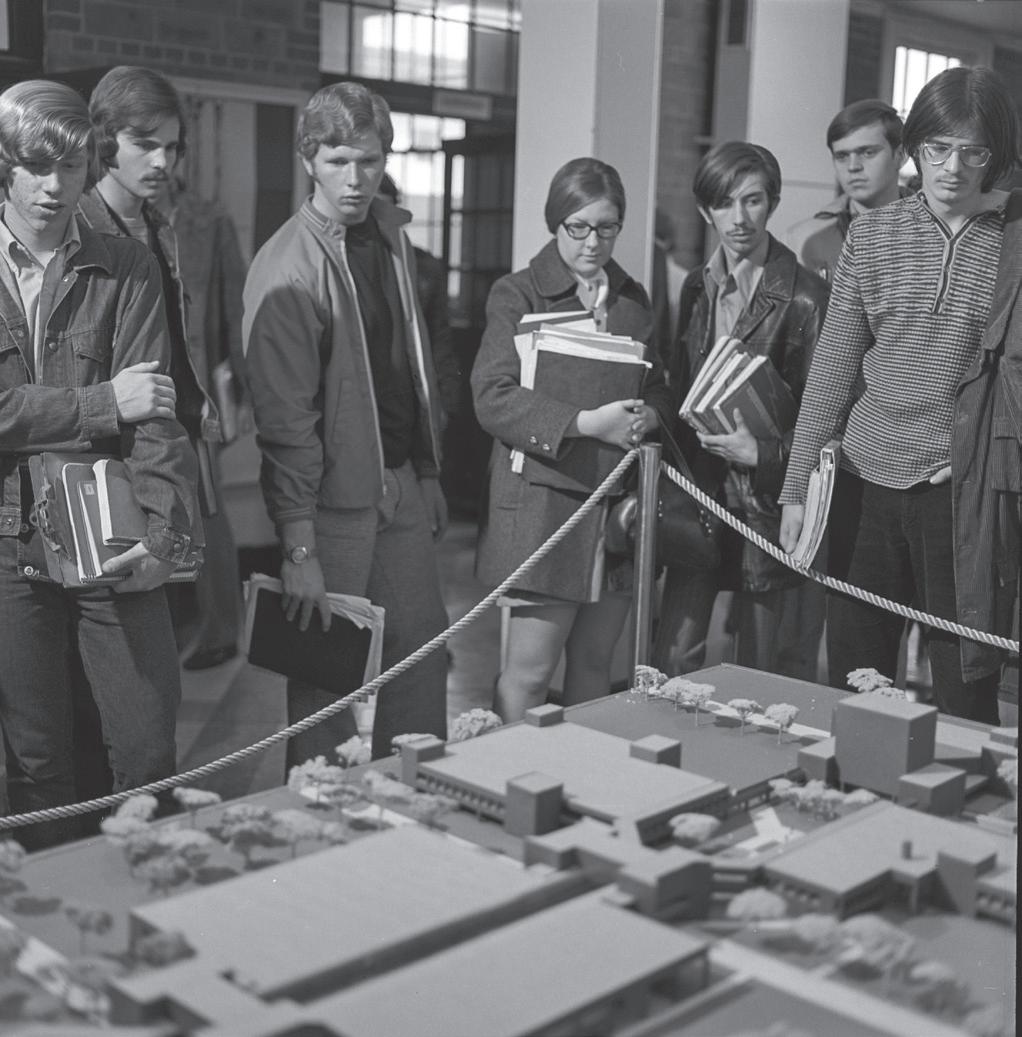
By the next year, the College had built and dedicated its permanent Metro Campus on the St. Vincent site. Eastern Campus became the College’s third location in 1971, with classes taking place in a prefabricated building on the site of a former county hospital in Warrensville Township. In 1975, a new, interconnected six-building complex was dedicated on the Crile Hospital site, becoming the permanent Western Campus. By 1981, Eastern Campus’s permanent facilities were completed in Highland Hills.
“After meeting with the faculty and staff of the College, the decision was made that we should be a single college, with purposes expressed in these different campuses, but all part of a common purpose,” said Nolen M. Ellison, the College’s second president (1974-1991).
“AFTER MEETING WITH THE FACULTY AND STAFF OF THE COLLEGE, THE DECISION WAS MADE THAT WE SHOULD BE A SINGLE COLLEGE, WITH PURPOSES EXPRESSED IN THESE DIFFERENT CAMPUSES, BUT ALL PART OF A COMMON PURPOSE.”— Nolen M. Ellison, the College’s second president (1974-1991) 1963-2023 CUYAHOG A COMMUNITY COLLEGE



Growth at the College has always been driven by two factors: student demand and the needs of the local workforce. Even after the main components of the College were in place, Tri-C continued to evolve.
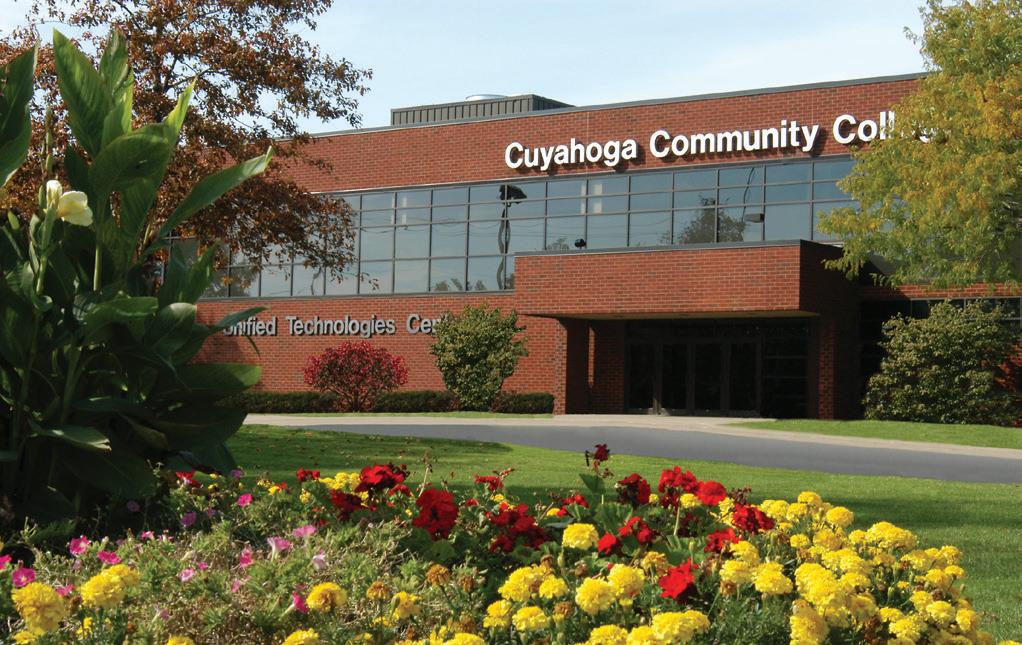

In 1986, under Ellison’s leadership, Tri-C opened its Metro-adjacent Unified Technologies Center — now the Nolen M. Ellison Building-Manufacturing Technology Center (MTC). The center would offer customized training for Cleveland businesses and focus on office automation, computer-aided design, total quality improvement and pre-technology education. It featured the Louis Stokes Telecommunications Center and a telecommunications dish that allowed students to engage in lessons from around the world. In 1988, the Stokes Center hosted the Council of Great Lakes Governors’ first teleconference.
Jerry Sue Thornton became the College’s third president in 1992. She sought to stabilize the College’s funding while finding new populations to serve. Tri-C opened Corporate College® West in 2003 and Corporate College East in 2005, both designed for those seeking to enter or already employed in white-collar professions.
Responding to the vibrant arts community in Northeast Ohio, Tri-C opened its Center for Creative Arts on Metro Campus in 2009. Today, it’s the Gill and Tommy LiPuma Center for Creative Arts. In 2010, the College’s Hospitality Management Center opened on Public Square, the heart of Northeast Ohio’s culinary and lodging industry.
As the health care sector grew in Northeast Ohio, the College opened its Health Careers and Technology Center at Eastern Campus in 2011. Tri-C also extended its geographic reach that year with the opening of the Westshore Campus in Westlake and the Brunswick University Center.

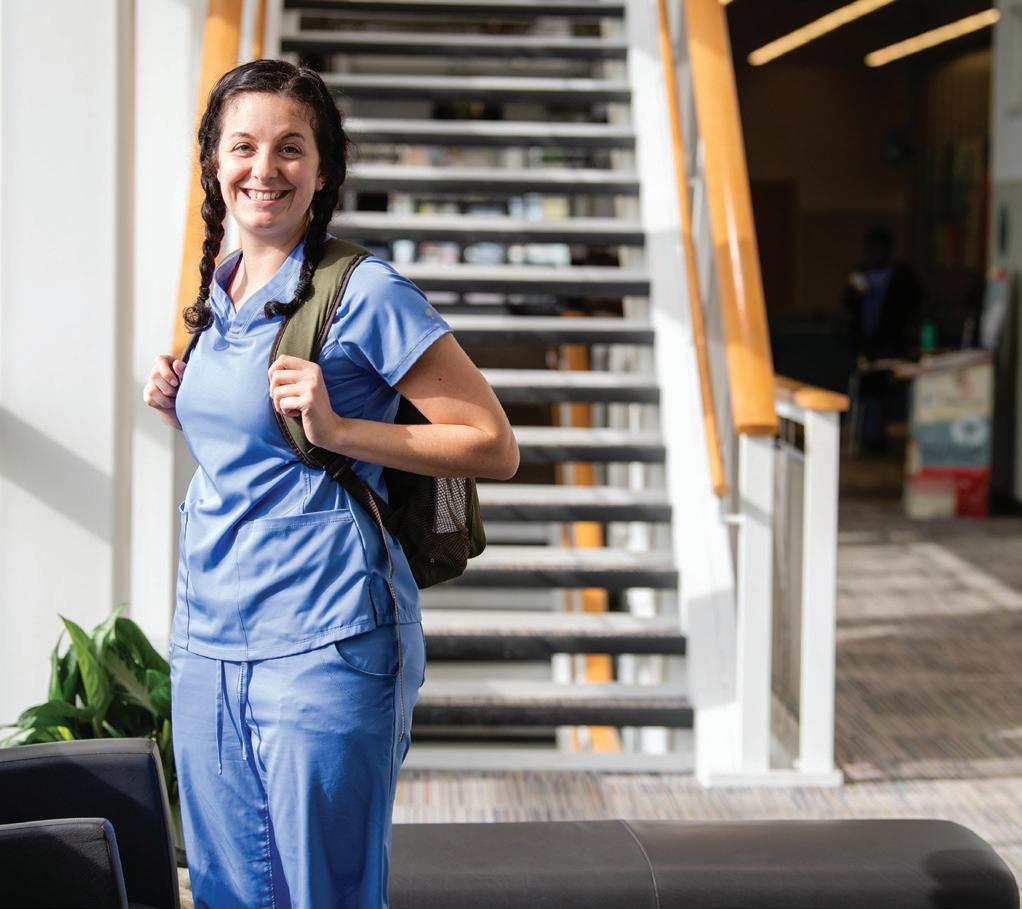
In 2012, the Advanced Technology Training Center (ATTC) opened on Metro Campus. The 50,000-square-foot center, featuring high-bay labs, multi-purpose training areas and energy-efficient and naturally lighted environments, links workforce education to the latest technology. The ATTC and MTC form the largest technology training complex in Ohio.
The KeyBank Public Safety Training Center opened at Western Campus in 2014 and is the only such facility in NEO. The center offers the latest in specialized training, including a mock town that allows for drills reflecting the real-life settings faced by police, firefighters and rescue workers.
Future community leaders are getting their head starts at the Jack, Joseph and Morton Mandel Humanities Center, where high-performing students focus on leadership and community engagement. The center opened in 2015 at Eastern Campus.
In 2019, the Western Campus STEM Center opened. Its 60,000 gleaming square feet are dedicated to high-value STEM disciplines and feature classrooms, commercial-grade science and IT labs, and student study spaces.
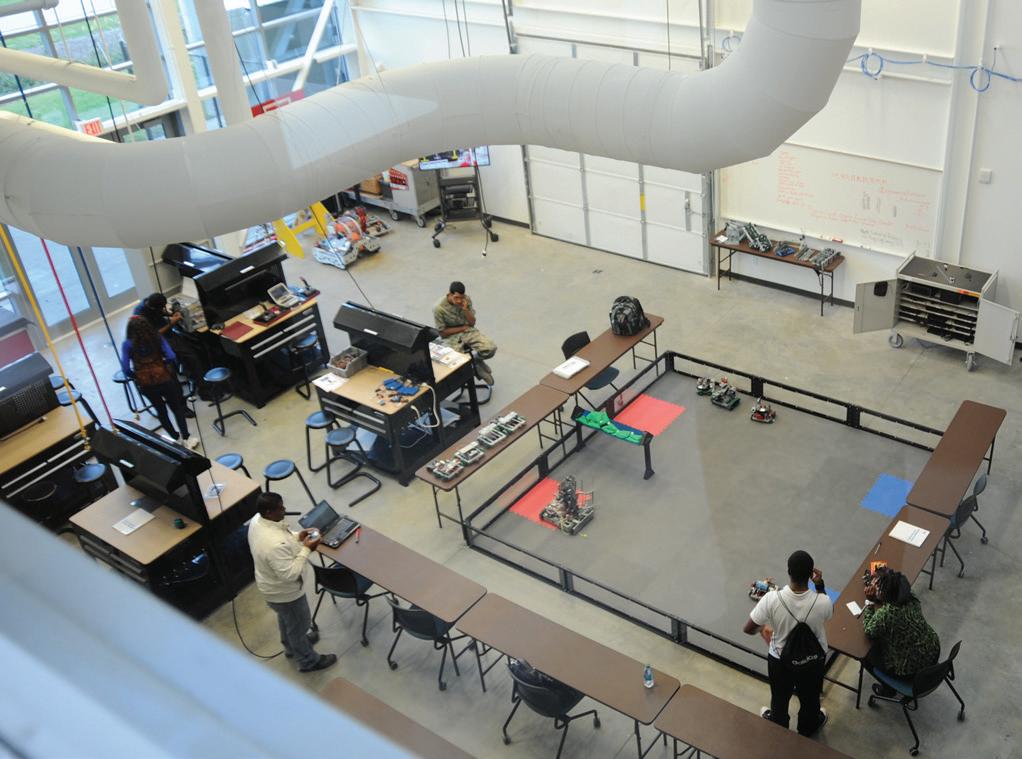
That year, the College completed a transformation of its Metro Campus Center, expanding it from 70,000 to 106,000 square feet and revamping the entrance of Metro Campus into a welcoming space for students and visitors. The facility houses the campus bookstore; classroom and event space used by numerous programs; The Pantry, which provides food and essentials to students in need; and the campus food court. The College renamed the facility the Alex B. Johnson Campus Center in 2022 in honor of its outgoing fourth president (2013-2022).
Also in 2019, Tri-C opened its Transportation Innovation Center, where the College trains truck drivers and offers programs targeting the supply chain and logistics industry. The center is one of only 16 CDL testing offices in Ohio.
Tri-C Access Centers debuted in 2019, too. Access Centers bring education and job training to neighborhoods gripped by poverty by providing affordable or no-cost community-based educational and workforce programming. Tri-C Access Centers are located at Esperanza Inc., MetroHealth Medical Center, Olivet at University Hospitals Otis Moss Jr. Health Center and University Settlement in Slavic Village.

“I wanted to see greater community engagement, and we’ve been able to do that through our Access Centers,” Johnson said.












All of this has combined to create what Baston described as “a vibrant and dynamic learning environment that fosters innovation, creativity and intellectual curiosity.”


“I WANTED TO SEE GREATER COMMUNITY ENGAGEMENT, AND WE’VE BEEN ABLE TO DO THAT THROUGH OUR ACCESS CENTERS.”
— Alex B. Johnson, the College's fourth president (2013-2022)1963-2023 CUYAHOG A COMMUNITY COLLEGE
Much as the College has grown physically to meet the needs of its students and the local workforce, Tri-C’s academic and workforce programming has evolved.
Early academic programming was geared almost exclusively toward first- and second-year college credits that would transfer to four-year institutions. The initial curriculum was a hastily assembled list of introductory courses, almost entirely copied from university offerings. Community college legislation was amended only in 1963 to allow technicaloccupational programs, which Tri-C offered in its second year.


The first job training programs included associate of business degrees in accounting, data processing, business management, salesmanship, secretarial science and transportation. Added to the business curricula were programs in building construction, electrical-electronic and mechanical engineering, nursing, medical assisting, dental hygiene, industrial supervision and law enforcement. The programs were developed with input from the Greater Cleveland Growth Association, the Greater Cleveland Nursing Council and the Cleveland Engineering Society.
A scan through the College’s early catalogs reveals an institution forming its identity. Programs were added, renamed and subtracted fairly regularly. (See related story, page 26.) Nursery school assisting and food service management appeared around 1967, and the latter was renamed hotel-restaurant management in 1968. Aviation technology was added in 1971, along with the College’s first certificate, offered in laboratory assisting.
Today, Tri-C offers more than 200 career and technical programs — more than 50 in Health Careers alone — and more than 1,000 credit courses. Its graduates hold leadership positions in every facet of the economy, and its programming offers education and training custom designed for the region.
An example is the College’s Centers of Excellence. The centers fill the community’s educational, cultural and economic needs by providing the most innovative and inclusive programming in their respective areas.
The Centers of Excellence are the Division of Nursing Education, Center for Creative Arts, Public Safety Training Institute, Hospitality Management Center, Center for Information Technology and the Manufacturing Technology Center.
To qualify as a Center of Excellence, a program must address key areas of future job growth in the region, provide skilled workers for local employment, enroll a large number of students, show high rates of success, offer innovative and state-of-the-art programs and facilities, receive national recognition in its field, and have a broad impact on the region.
“We imagine a future in which every citizen, regardless of where they live, is educated and supported to enter a career where they can earn what they need to care for their family and a future where their children can grow and prosper right here in Northeast Ohio,” Baston said.
“WE IMAGINE A FUTURE IN WHICH EVERY CITIZEN, REGARDLESS OF WHERE THEY LIVE, IS EDUCATED AND SUPPORTED TO ENTER A CAREER WHERE THEY CAN EARN WHAT THEY NEED TO CARE FOR THEIR FAMILY AND A FUTURE WHERE THEIR CHILDREN CAN GROW AND PROSPER RIGHT HERE IN NORTHEAST OHIO.”
— Michael A. Baston

In 60 years, Tri-C has grown from an ambitious upstart to a leader in Northeast Ohio. From its initial enrollment of about 3,000 students, Tri-C now serves more than 41,000 credit and noncredit students. Tri-C awarded about 3,750 degrees and certificates in 2022.




“My greatest joy came, for sure, at every graduation,” Thornton said. “When you see students get degrees, certificates — that’s what made it all worthwhile because that’s why we are here.”
In 2021, and for the second straight time, Tri-C was recognized as a member of the Aspen Prize for Community College Excellence Top 150 list. The biennial Aspen Prize Top 150 — awarded by the Aspen Institute — is considered the signature recognition for high achievement and performance among American community colleges. These colleges “stand out among more than 1,000 community colleges nationwide as having high and improving levels of student success as well as equitable outcomes for Black and Hispanic students and those from lower-income backgrounds,” according to the Institute.
A recent analysis showed that Tri-C added $1.5 billion in income to the Cuyahoga County economy in fiscal year 2020-2021. That’s about 1.3% of the county’s total gross regional product.








Much of Tri-C’s growth has been taxpayer-funded. The College placed its first tax levy on the ballot in 1963. Voters approved it, as they have every ballot issue for the College since. It’s a resounding statement of confidence in the College and recognition of the value Tri-C has consistently offered the region.
Nolen M. Ellison, the College's second president (19741991), called Tri-C a “beacon of hope on the Great Lakes.”
The Triceratops reappeared 68 million years after last wandering the earth, taking on a new life as Tri-C’s mascot.
In 2019, students, staff and alumni chose the Triceratops as the school’s new mascot during an online September poll that attracted nearly 4,000 votes. With “Tri-C” built into its name, the dinosaur was ideally suited to represent the College.
The Tri-C mascot came to life in the form of Stomp. Colored in the school’s trademark teal and wearing a black jersey with the number 63 — representing the year the College opened — the 7-foot-tall Stomp is a recognizable symbol of pride, loyalty and belonging among the Tri-C community and the College’s athletics programs.
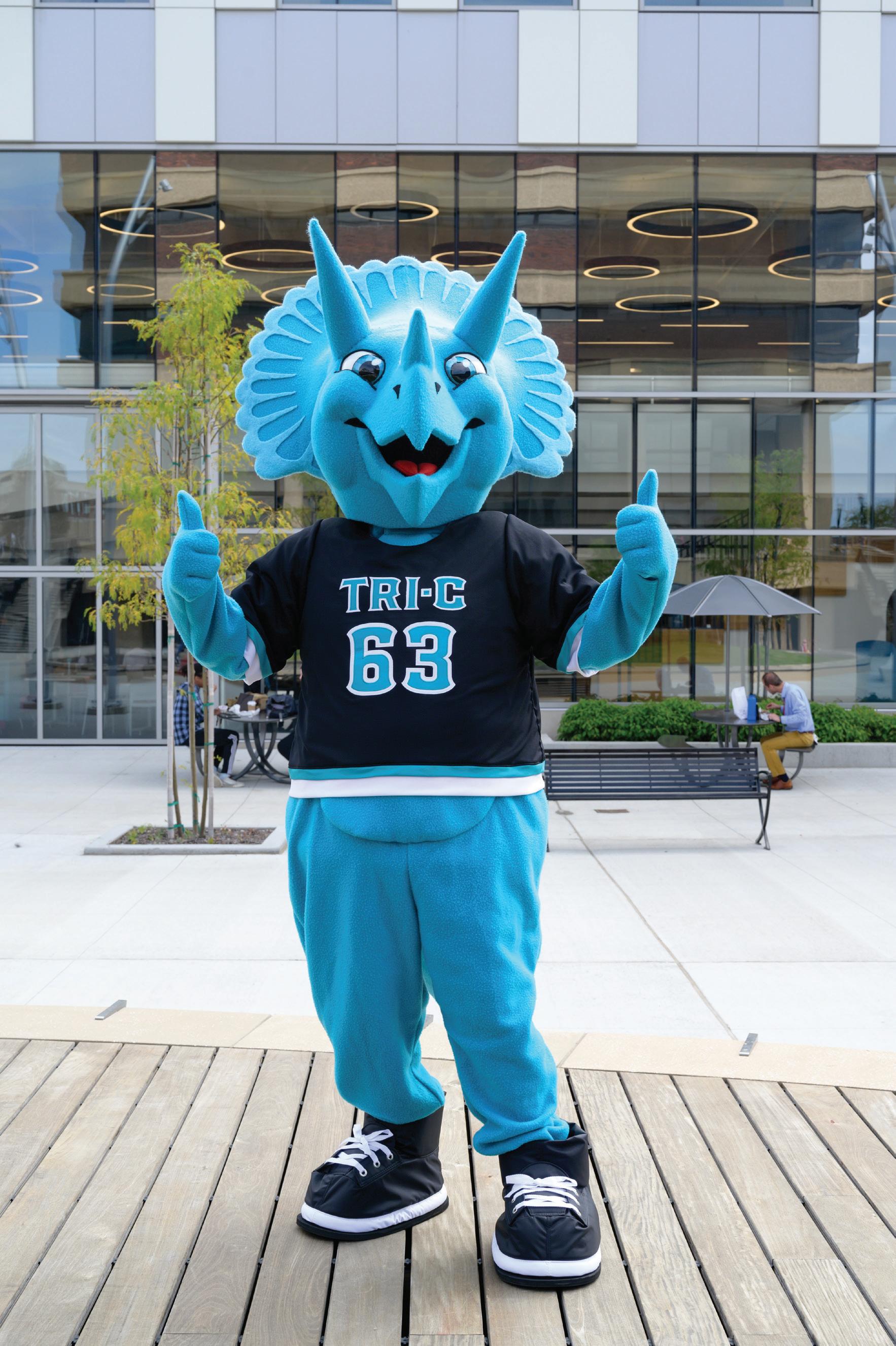 1963-2023 CUYAHOG A COMMUNITY COLLEGE
1963-2023 CUYAHOG A COMMUNITY COLLEGE









Cuyahoga Community Colleges opens. Classes are held in the Brownell Building at East 14th Street and Sumner Avenue.
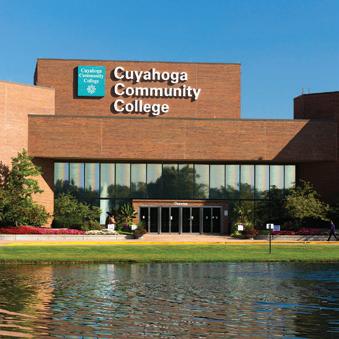
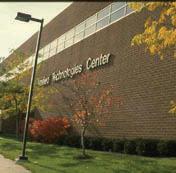
College earns accreditation from the North Central Association of Colleges and Schools.

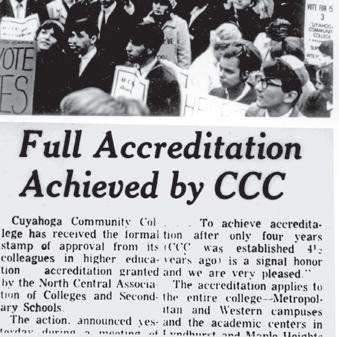
Eastern Campus opens at interim facilities in Warrensville Township.

Permanent Eastern Campus facilities completed.
Corporate College West opens in Westlake.
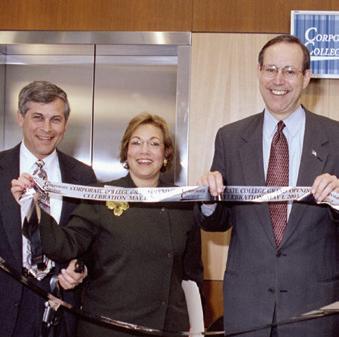
Western Campus opens, situated on the site of the former Crile Hospital in Parma and Parma Heights.

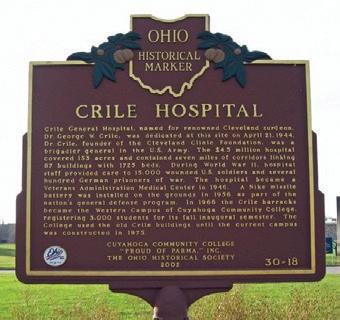
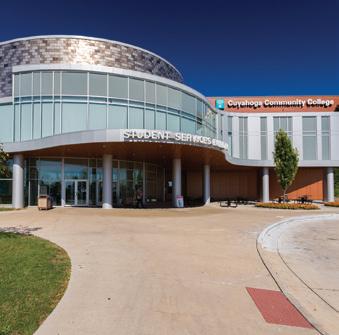
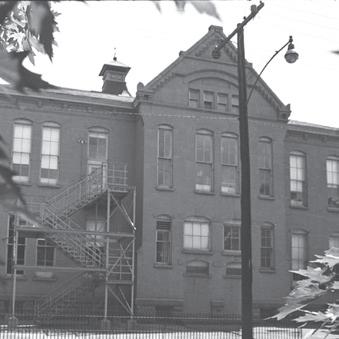
Metropolitan Campus opens.
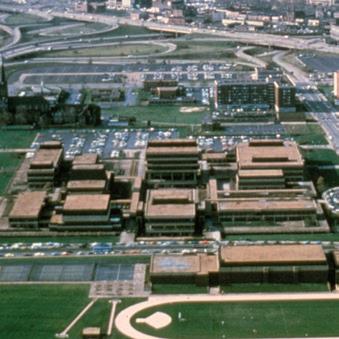
(Dedicated in 1970.)


Western Campus dedicated.
Unified Technologies Center dedicated on Metro Campus, now the Nolen M. Ellison BuildingManufacturing Technology Center.



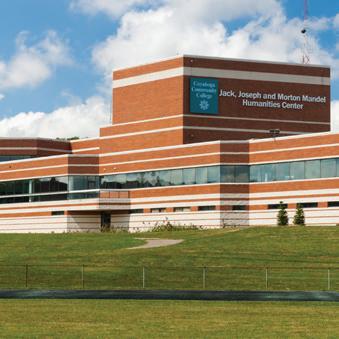
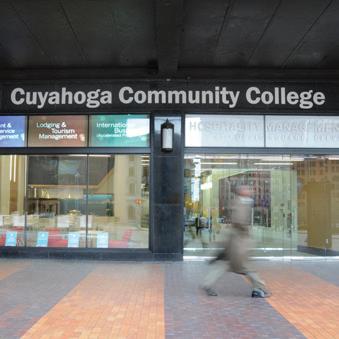

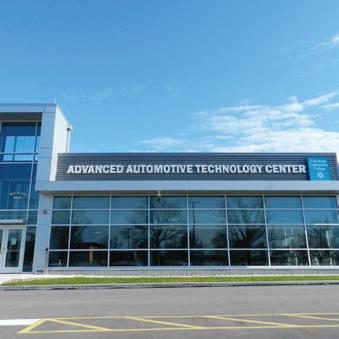

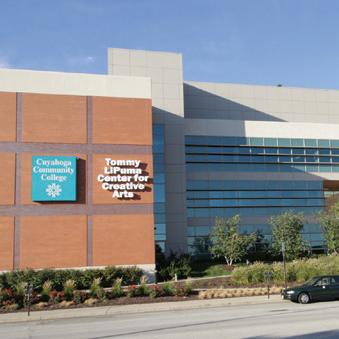

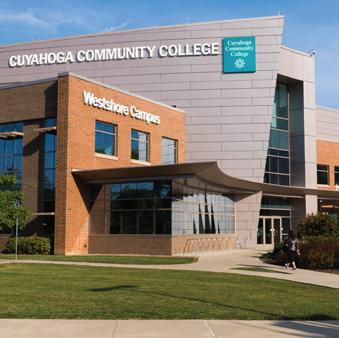
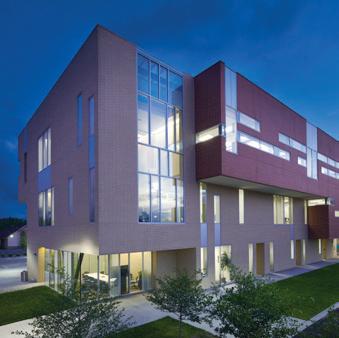
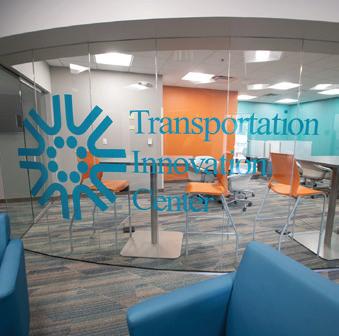
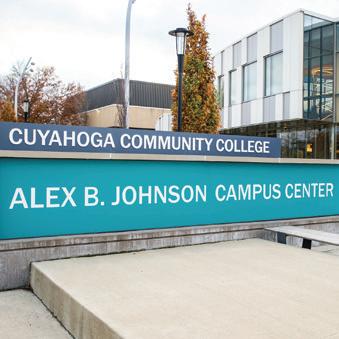
As Tri-C celebrates its 60th anniversary, its fifth and current president, Michael A. Baston, and some of his predecessors took time to reflect on the institution and its mission over the past six decades. As Ohio’s oldest and largest community college, Tri-C has evolved to meet the changing needs of students, the region and the business community.
Here we share their reflections and memories of their time at the College and its enduring impact on the region:
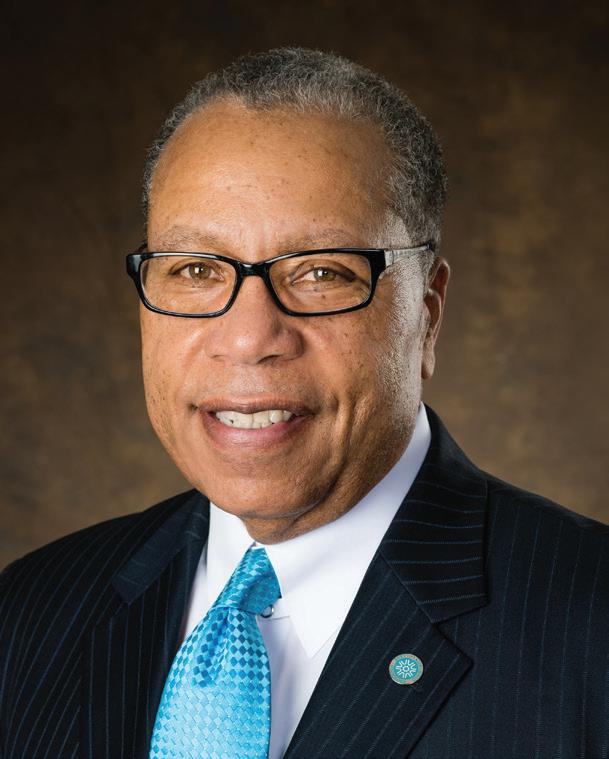
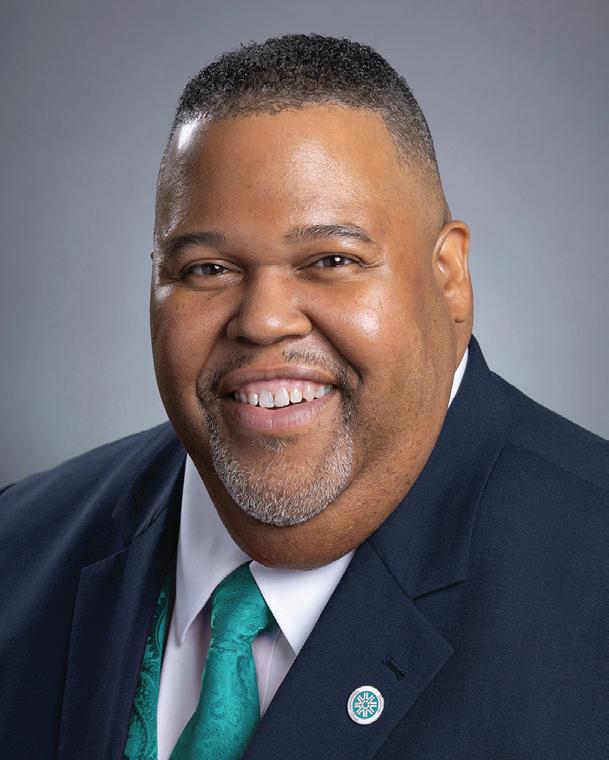
“Tri-C is a pillar of the community. It has inspired and provided hope to many, enabling personal and professional growth for people of all backgrounds through adult education programs, cultural events and community outreach initiatives. Tri-C has also been a gateway to higher education and beacon of hope for countless individuals, making it possible for them to achieve their dreams of a college education.”
— Michael A. Baston, 2022-Present“On occasion, the College would bestow a posthumous degree at graduation. They were all special, but there was one I’ll never forget. Accepting the degree on behalf of his late mother was her 9- or 10-year-old son. It was a powerful and emotional moment. We’ve kept in touch over the years. Last year, he became a student at Tri-C on a full scholarship and is doing marvelous things. The human connection makes such a difference and is what truly sets Tri-C apart.”
— Alex B. Johnson, 2013-2022



“My greatest joy came every graduation. Seeing students walk across the stage, often giving me hugs and almost knocking me down, you could see they were so happy to graduate. One lady said to me, ‘I’ve been at this for 25 years, and I finally made it!’ But that’s the culmination of what we do. We change lives and see people achieve something they thought they never could.”
— Jerry Sue Thornton, 1992-2013



“It’s encouraging that Ohio’s first community college has continued to evolve, grow and prosper during its existence. Tri-C is a critical part of many personal histories and a contributor to the economic well-being of our region.”









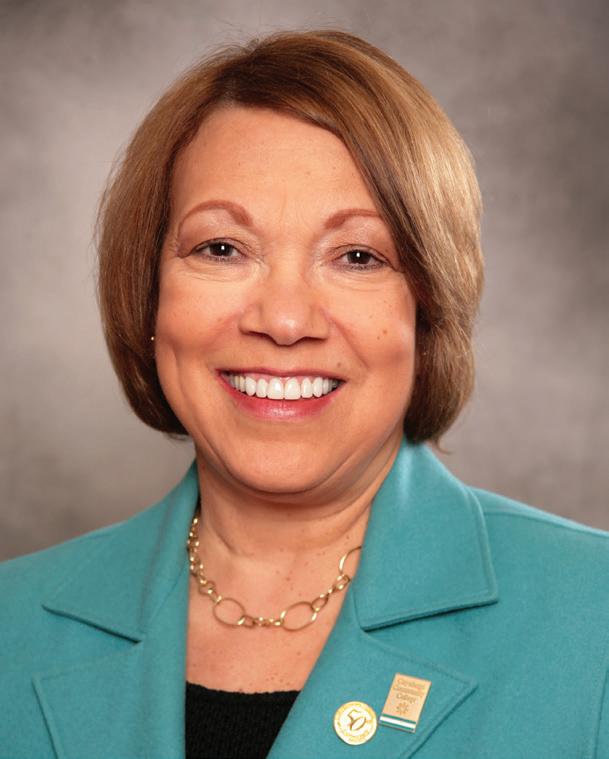
— Nolen M. Ellison, 1974-1991





“In the decade that I served as president of Cuyahoga Community College, we had a lot of firsts. We opened campuses downtown and in temporary quarters in the west and suburbs. It is gratifying and humbling to see the great strides the College has made since it opened in 1963.”
— Charles E. Chapman, 1963-1973 (circa 2013)

At the center of Margaret Wong’s charitable support is a core cause: access to education, particularly scholarships for students in need.
A civic leader who educates and inspires others, Wong’s commitment to community service and developing young professionals weaves seamlessly into Tri-C’s mission, which she has consistently supported for 30 years.
Early in her career as an immigration attorney, Wong recognized that Tri-C played an important role for her clients in Northeast Ohio. They often turned to the College for English as a Second Language services for workforce training to begin their careers or to earn credits as the first steps of their education.
“Tri-C is an important part of a new American’s journey in the Cleveland area,” said Wong, who has served on the Cuyahoga Community College Foundation board of directors since 1993.
Wong’s philanthropic roots trace back to her childhood. Her family published a newspaper in China, and her mother was a reporter. Their hands were on the pulse of the community, and they donated to various causes. When Wong came to the U.S. in the 1970s, she was offered scholarships from multiple colleges, which instilled a sense of paying it forward.
"A Tri-C Foundation board member, who was a lawyer, invited me to join the board,” Wong said. “At that time, I thought that one day, if I make it big, I would like to give money to support students who were not as fortunate as I was to receive scholarships and finish university and law school.”
The Margaret Wong Endowed Scholarship Fund, established in 2010, has awarded more than $55,000 in scholarships to 63 students who are immigrants or the children of immigrants. Her annual giving reflects a consistent, leadership-level support for the Presidential Scholarship Luncheon, Tri-C JazzFest Cleveland, presented by KeyBank, and other events that broaden scholarship resources for students.
"A TRI-C FOUNDATION BOARD MEMBER, WHO WAS A LAWYER, INVITED ME TO JOIN THE BOARD. AT THAT TIME, I THOUGHT THAT ONE DAY, IF I MAKE IT BIG, I WOULD LIKE TO GIVE MONEY TO SUPPORT STUDENTS WHO WERE NOT AS FORTUNATE AS I WAS TO RECEIVE SCHOLARSHIPS AND FINISH UNIVERSITY AND LAW SCHOOL.”
— Margaret W. Wong STORY BY Anthony Moujaes
Darwal
STORY BY Anthony Moujaes
Darwal
While Wong volunteers her time and expertise on boards of diverse organizations, she also connects directly with students, who respond to her warmth and belief in their potential for success. For her support of Tri-C and other civic endeavors, the College awarded her an honorary Doctor of Humane Letters in 2017.
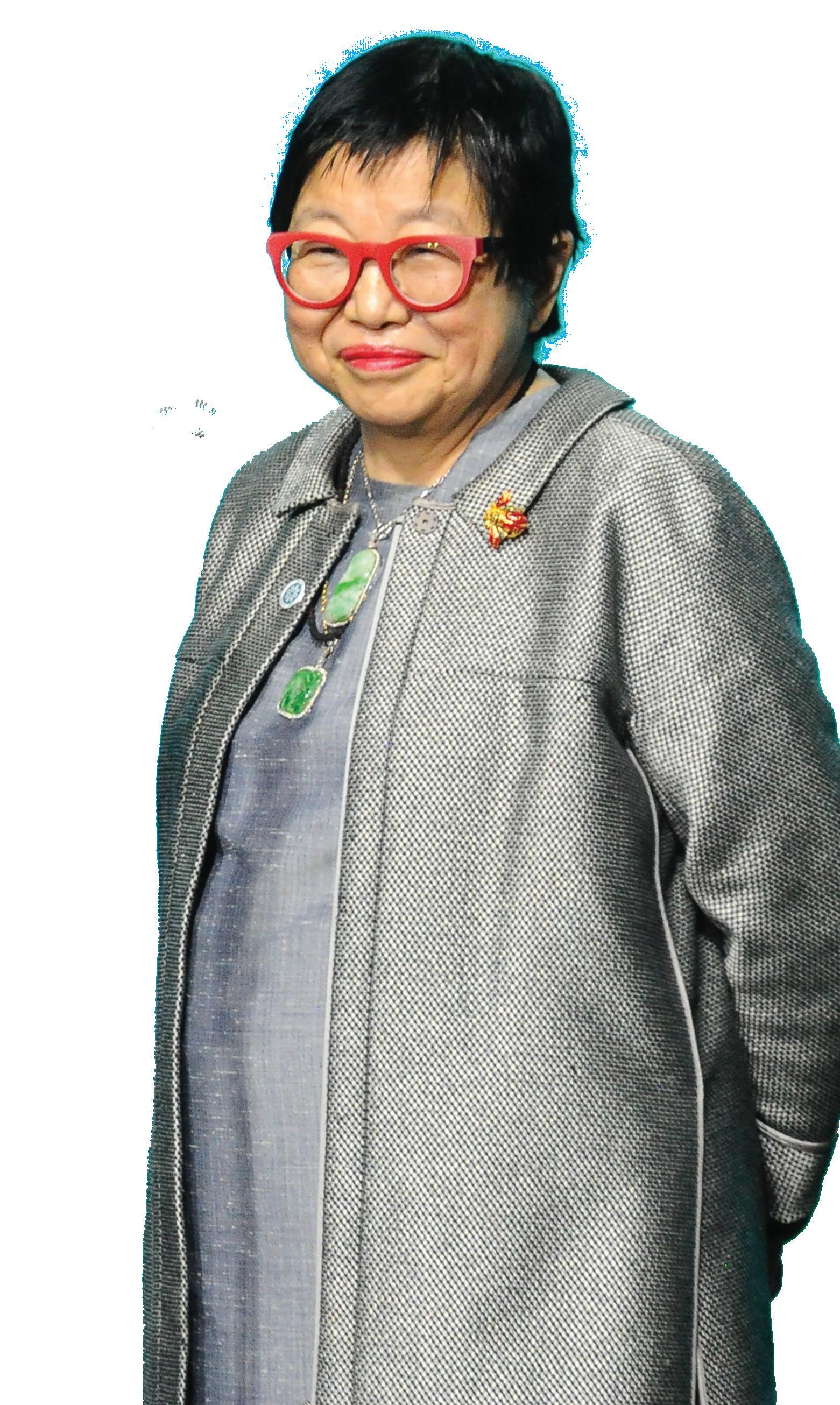
Today, her legal firm, Margaret W. Wong & Associates LLC, has offices in nine cities. Wong has presented numerous seminars on immigration and naturalization law for bar associations and the public. She also contributed $1.5 million to her alma mater, the University at Buffalo School of Law, for scholarships and an endowed professorship in immigration law.
“Margaret’s faithful support every year embodies the leadership example a committed board member makes,” said Megan O’Bryan, president of the Tri-C Foundation. “She has been a champion of providing students in need a path to education, both at Tri-C and beyond.”
ROKEISHIA RODGERS CAME TO TRI-C UNSURE OF HER LIFE’S DIRECTION. HERE, SHE FOUND MORE THAN AN EDUCATION — SHE FOUND A PURPOSE.
 STORY BY Erik Cassano
PHOTOS BY Cody York
STORY BY Erik Cassano
PHOTOS BY Cody York
Editor’s Note: 2023 marks Tri-C’s 60th anniversary. Throughout the year, Tri-C Times is highlighting alumni from different eras of the College. In this issue, we visit an alumna from the 2010s.








1963-2023




A lot can change in a decade.
Rokeishia Rodgers (then Smith) enrolled at Tri-C in 2013 after graduating from Lakewood High School. She had been an average student and had no real idea what career path she wanted to take.
“I knew I wanted to go to college, but I really had no idea what I wanted to do once I was there,” Rodgers said. “No one in my immediate family had attended college, so I didn’t have anyone with experience who could guide me.”
That’s when a friend’s dad put her in touch with the TRIO programs at Tri-C. The Federal TRIO Programs
provide low-income and first-generation college students with the resources to enroll, attend and complete their higher education.
“It was the first step I really needed,” Rodgers said. “TRIO helped set me up with classes, transportation to campus and everything I needed to transition from high school to college. That’s how I began at Tri-C.”
When she stepped onto the Western Campus in the fall of 2013, she seized the opportunity, excelling in the classroom and serving the campus in many ways.
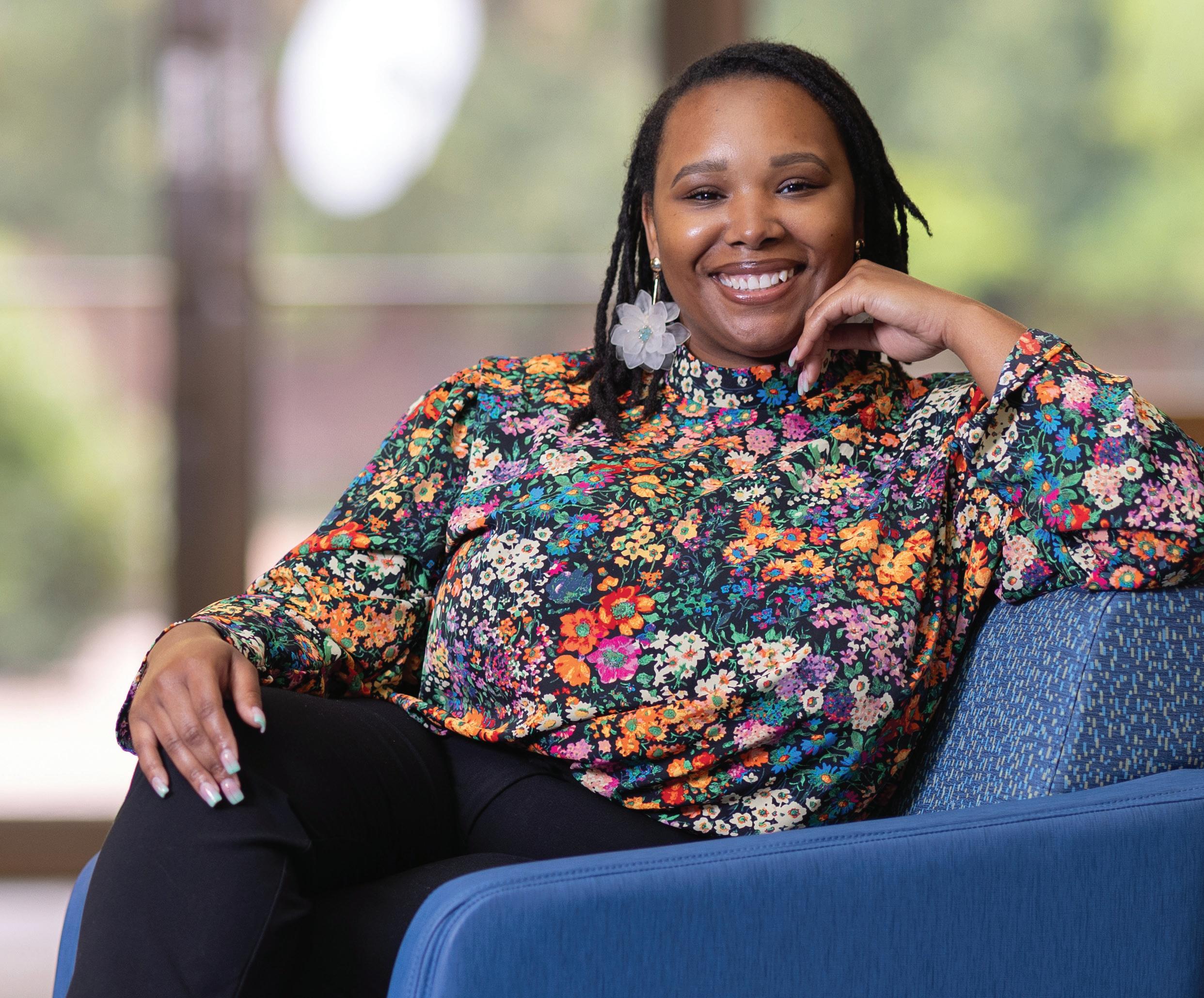
Rodgers was grateful to the TRIO staff, her academic counselors and her professors for helping her build the foundation for success. Soon after enrolling, she began looking for ways to support students in similar situations.
She joined the Robert L. Lewis Academy of Scholars, a yearlong Tri-C program that prepares students with a passion for social justice to serve their communities and make a difference in the world. In the College’s STEM program, she helped address the underrepresentation of students of color in STEM programs around the country.
But Rodgers was perhaps most visible during the two years she served in the Western Campus student government, as secretary during the 2014-2015 school year and president in 2015-2016.
“I became involved with student government because I liked the idea of serving as a liaison between the students, administration and different departments,” she said. “I liked representing the students and working on projects that benefited all of us.”
As part of her student government responsibilities, she traveled to Washington, D.C., to advocate for the expansion of the programs that had helped her start her own college career.
“When we went to Washington, one of my main messages was that being a first-timer in college doesn’t have to be a barrier to success,” she said. “Programs like TRIO really do make a difference.”
Her desire to help her fellow students wasn’t limited to advocating for big-picture policy decisions. As an English as a Second Language (ESL) tutor, she took a one-on-one interest in her peers’ success.
“Though I’m a native English speaker, there were still some parallels between my story and the stories of those I tutored in the ESL program,” Rodgers said. “I’d talk to them about their transition to college and how they’re doing. A lot of
them were completely new to the college experience, as I had been, so I’d help them if they needed assistance with assignments or understanding something.”
Throughout all of her volunteer work and campus service, Rodgers became part of the large support network that has helped many students navigate their college careers, from the first day on campus to the day they don their cap and gown.
“When I was at Tri-C, I just felt supported at every turn,” she said. “I had so many people in my corner helping me out, and I wanted to help other students feel that type of support.”
Rodgers succeeded in the classroom just as much as outside the classroom. The average high school student became an exceptional college student. Her academic honors included membership in the Phi Theta Kappa and Tau Sigma honor societies, the Campus Compact Newman Civic Fellows Award, the Outstanding Mentee Award from the Tri-C Black American Council and the Tri-C TRIO Academic Excellence Award, all in 2016.
But it still took a while to decide on an area of study.
“I entered Tri-C to study early childhood education,” she said. “But Tri-C gave me the opportunity to explore different career options, and as I did, I discovered that I enjoyed working in more of an office setting as opposed to a classroom. Along with that, I was interested in supporting students and studying how to address barriers to learning. That’s when I switched to educational psychology.”
After graduating from Tri-C with an Associate of Arts in 2016, Rodgers transferred to Cleveland State University to earn her Bachelor of Arts and Master of Arts in psychology in 2018 and 2020, respectively.
At CSU, her honors included the Outstanding Graduate Student Award in 2020, the Wanda M. Coleman Scholarship in 2018 and the President’s Award in 2017.
“WHEN I WAS AT TRI-C, I JUST FELT SUPPORTED AT EVERY TURN. I HAD SO MANY PEOPLE IN MY CORNER HELPING ME OUT, AND I WANTED TO HELP OTHER STUDENTS FEEL THAT TYPE OF SUPPORT.”
— Rokeishia Rodgers
A decade after starting at Tri-C, Rodgers now works for the Cleveland Heights-University Heights School District as a school psychologist.

“School psychologists support students in their ability to learn in a number of different ways,” she said. “So I am still taking that interest in supporting and assisting students that I cultivated at Tri-C and using it in my work each day.”
Looking back, Rodgers is grateful that Tri-C was there to serve as a springboard for not just a career but a sense of belonging and purpose that continues to drive her.

“Tri-C is so valuable to the community,” she said. “If you’re unsure about what direction to go, if you’re apprehensive about attending college, if you’re the first in your family to attend college like I was, Tri-C is going to give you the support and resources to be successful. And the support continues even after you leave. I still keep in touch with some of the people I met at Tri-C.
“I recommend Tri-C to anyone who is ready and willing to make the commitment to college. The people there want you to accomplish your goals and realize your dreams.”
“IT REALLY RESONATED WITH ME... IT WAS AMAZING. I JUST KNEW THAT THERE WAS SOMETHING SPECIAL GOING ON WITH THIS DISCIPLINE.”
— Sam LiPuma, Associate Philosophy Professor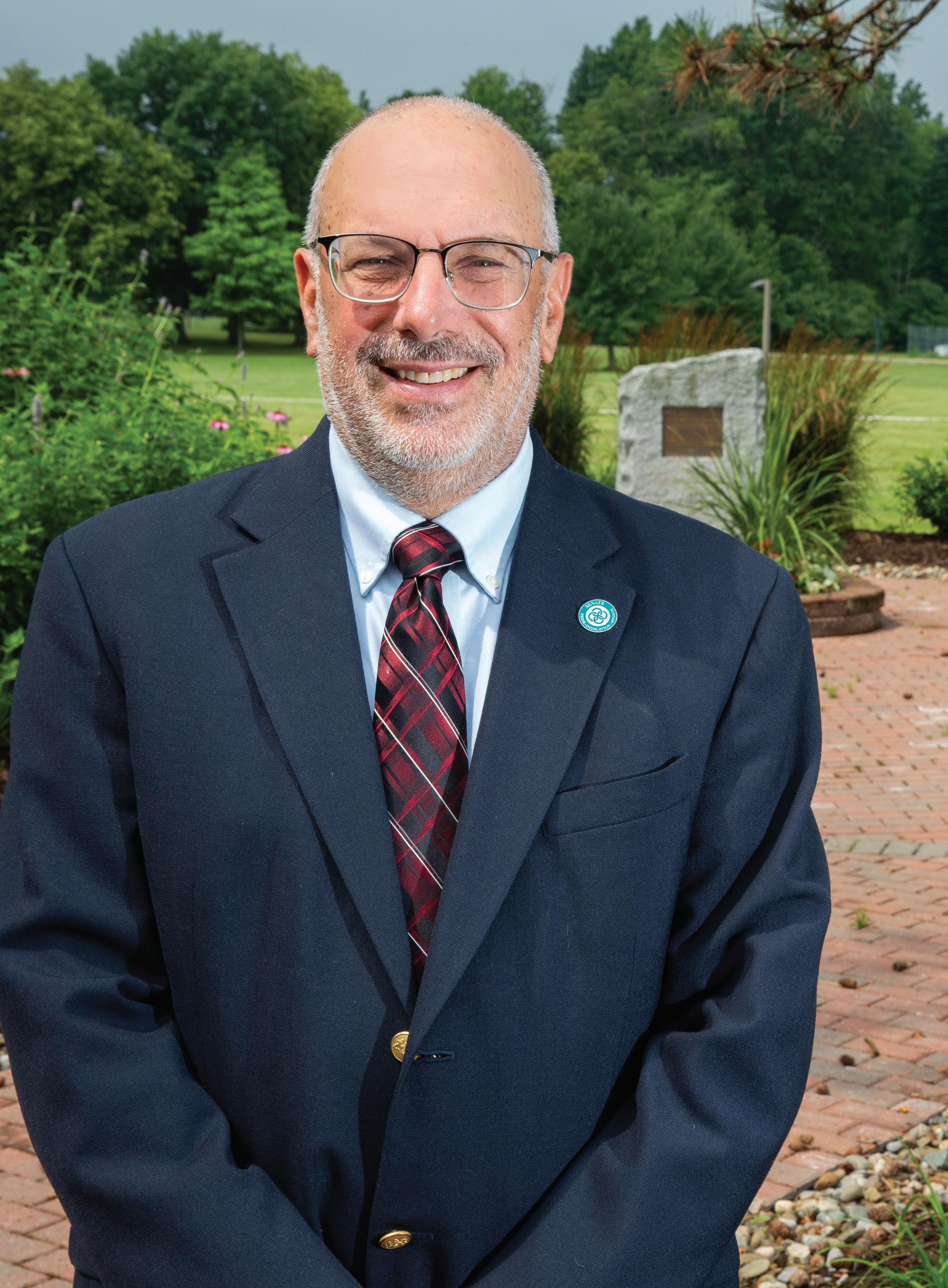
He realized his master’s degree in philosophy
was able to focus on his career and pursue his passion for bioethics with advanced coursework at Cleveland State University in 2003. Through the program, he met his mentor and writing partner, Joseph DeMarco. Together, they wrote The Dying Experience: Expanding Options for Dying and , published in 2019 by Rowman & Littlefield
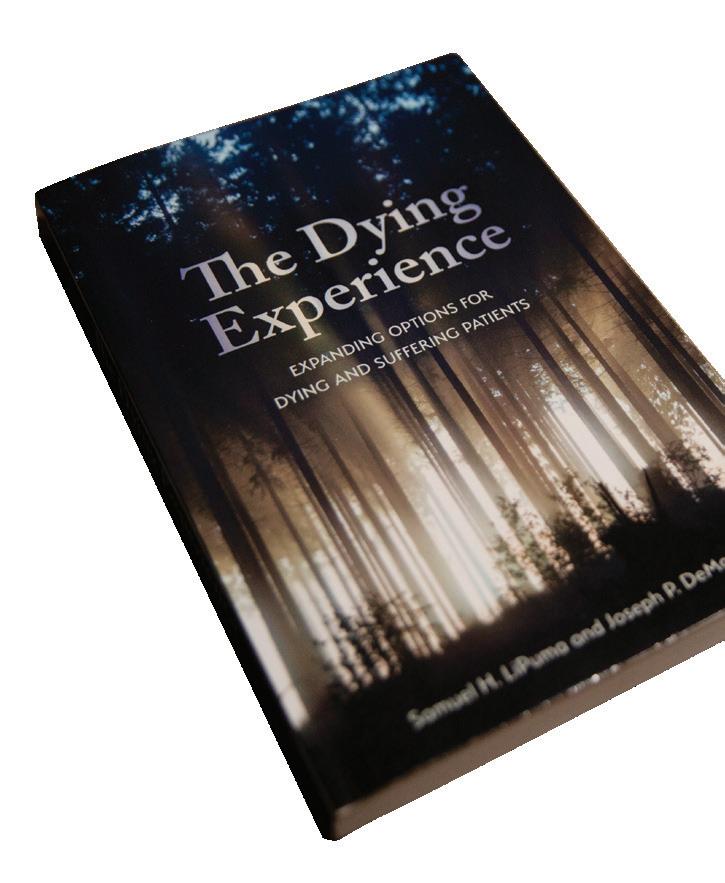
He plans to end his career at Tri-C, but at 61, that’s still a few years away. In the meantime, he decided to again pursue his Ph.D. This time, he chose Bowling Green State University, which has a concentration in his favorite topic, bioethics.

“I'm inspired to be part of Tri-C's faculty,” LiPuma said. “The most inspiring element for me is an issue of justice, a fair society. You have to give people a chance. And that's what we do. I'm happy to have contributed to it in some way.”
STORY AND PHOTOS BY Noelle Bye
In 1975, one quarter hour of credit at Tri-C cost an in-county resident $7.70.
At that cost, you might have chosen Educational Media 535-121, which covered the “maintenance of 8 mm and 16 mm projectors, slide projectors, sound equipment, photography equipment and television production equipment.”

Program offerings at Tri-C have always mirrored the broader economy. To look at how they have evolved is to look at how work has changed over the years in Northeast Ohio.
Tri-C’s 1966 course catalog — the oldest readily available — lists 17 programs total, including business degrees in retailing, salesmanship and secretarial science. Today, the College offers more than 200 degree and certificate programs.
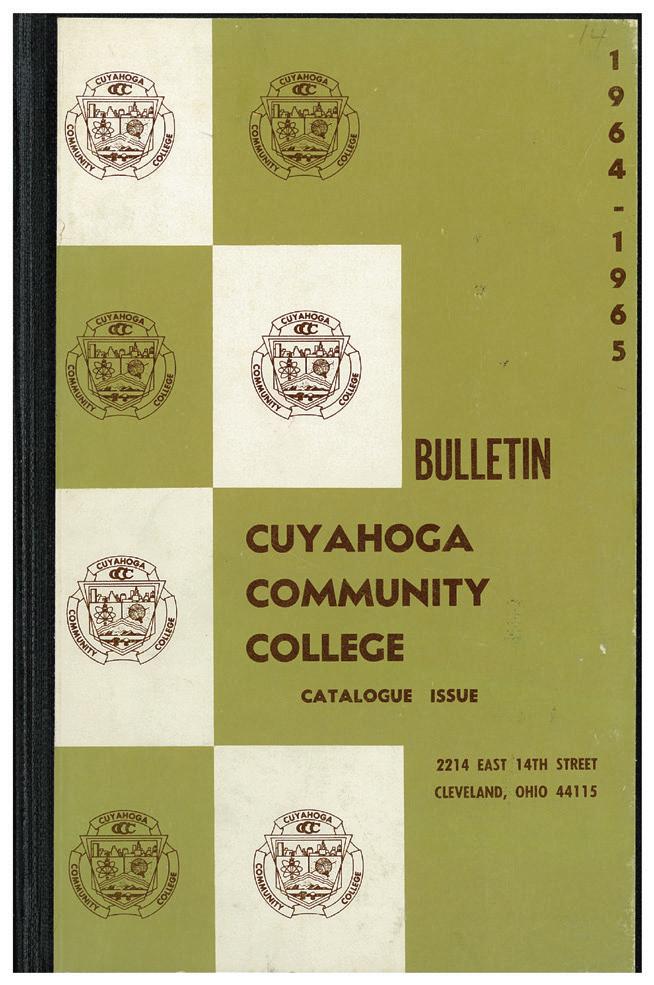
The advance of digital technology radically changed local industries in the late ’80s, and the College’s programming adapted. The associate degree in computer studies, with or without a concentration in microapplications, appeared at Tri-C in 1986.
“The number and diversity of electronic data processing applications are growing rapidly. More and more firms today are turning to electronic computers to expedite and accurately process the complex facts and figures of their business operations,” the 1986-1988 course catalog reads.
The College today offers 21 degrees and certificates under its Information Technology program.

A LOOK AT THE HISTORY OF TRI-C’S DEGREE PROGRAMS IS A LOOK AT THE EVOLVING WORLD OF WORK
Outside of the wholesale reshaping computers brought to education and industry, some interesting programs came and went as the College responded to other local and national trends.
In 1971, in response to growth in the regional aviation industry, Tri-C began offering a degree in aviation technology. Cleveland Burke Lakefront Airport had added a terminal, control tower and passenger concourse between 1957 and 1968. In the '70s, Aviation High School opened at Burke, and the airport gained new buildings, a new control tower and an additional runway.
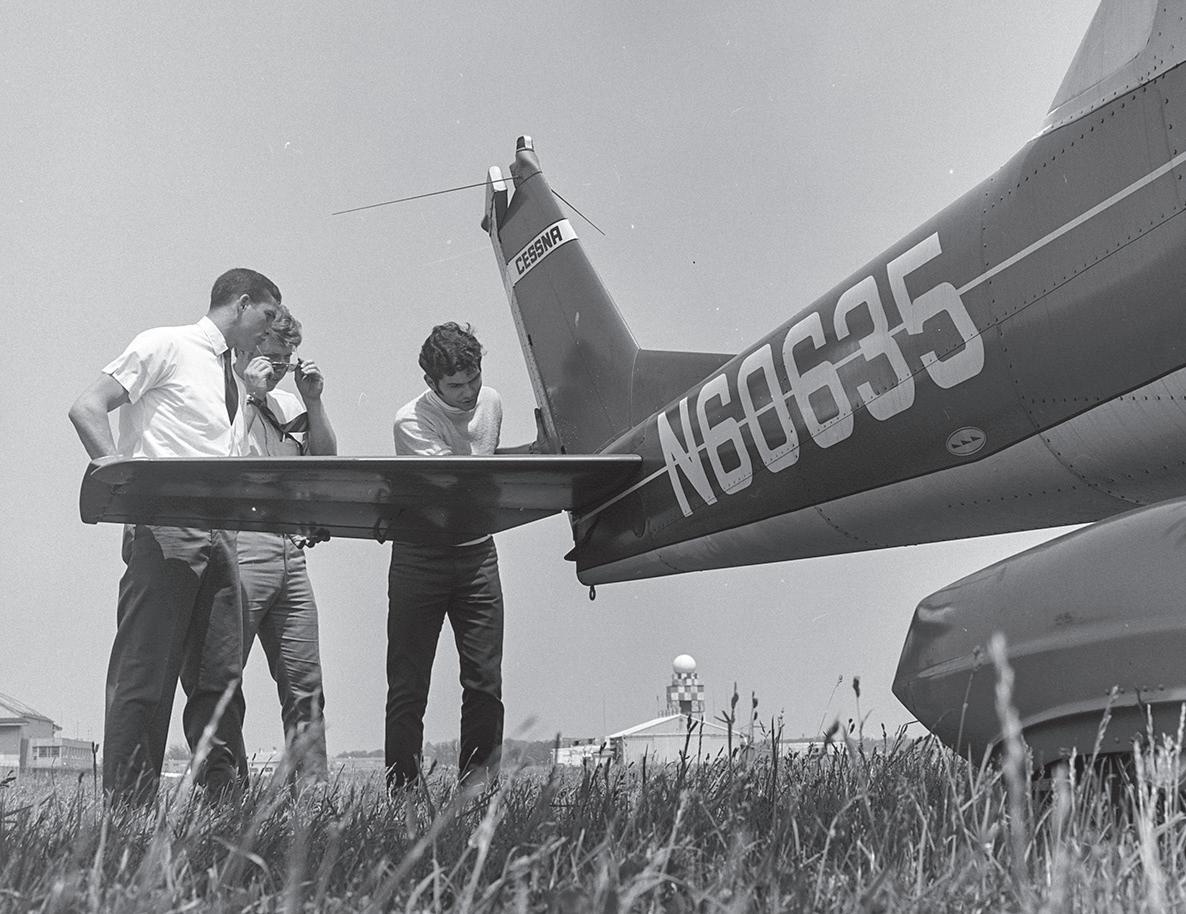



In 1986, the College instituted the Great Lakes Maritime Technology program in cooperation with the Great Lakes Maritime Academy (GLMA) of Northwestern Michigan College. The program ran through 1992 and led to the Coast Guard license examination for the first class pilot’s license or the third assistant engineer’s license. Students split their time between Tri-C and GLMA.
Information on the closing of both programs is hard to pin down, but may have been tied to a growing national emphasis on four-year degrees and white-collar jobs as the path to upward mobility. This began to shift interest away from manufacturing, transportation and logistics industries near the end of the 20th century.
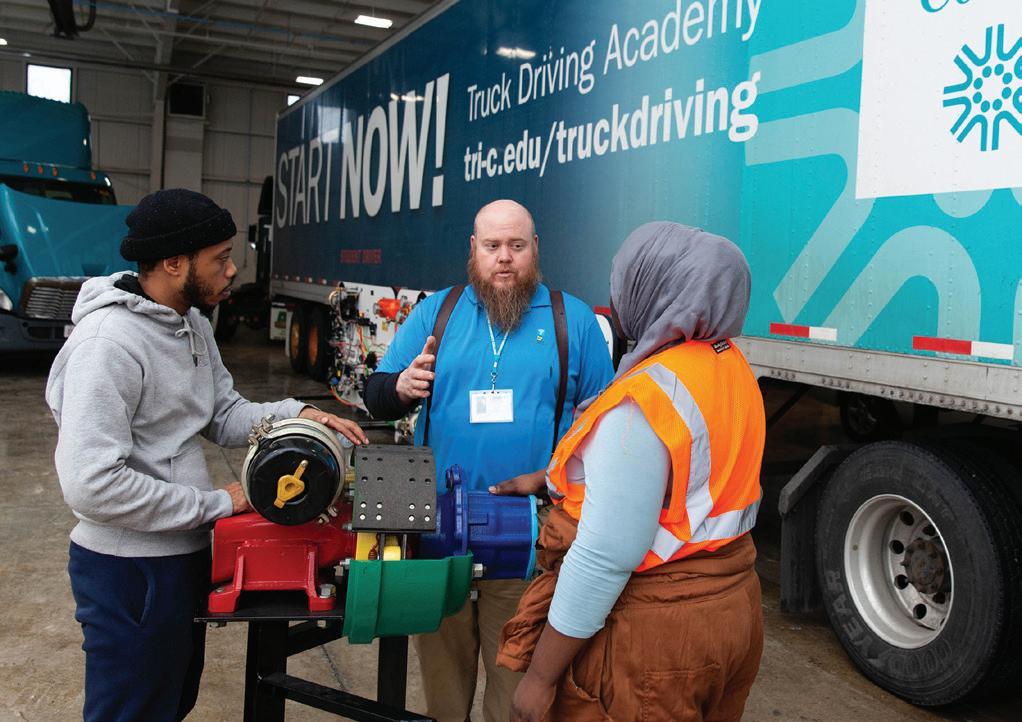 STORY BY Jarrod Zickefoose
STORY BY Jarrod Zickefoose

The pendulum has swung back in recent years with a resurgence of interest in transportation and manufacturing programs. The College has responded with the opening of the Advanced Technology Training Center in 2012 and the Transportation Innovation Center in 2019, providing the skilled workers needed for these industries.
In 1990, the College added an associate of business in postal management.








By the late 2000s, however, the volume of mail that the U.S Postal Service delivered began to decline, as did the number of supervisory positions, as competition and digital communication increased.


“The Cleveland area has approximately 10,000 United States Postal Service employees,” the catalog from that year reads. “The associate degree program is designed to prepare a student for a variety of management positions within the United States Postal Service.”

1963-2023


Among those 17 programs offered in 1966, many still exist. Dental hygiene, fire technology and nursing, for example, are not only available to current students, but popular.
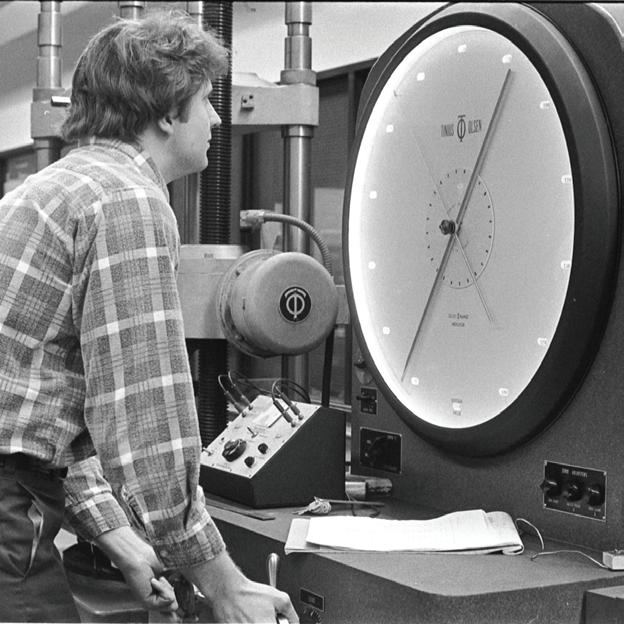
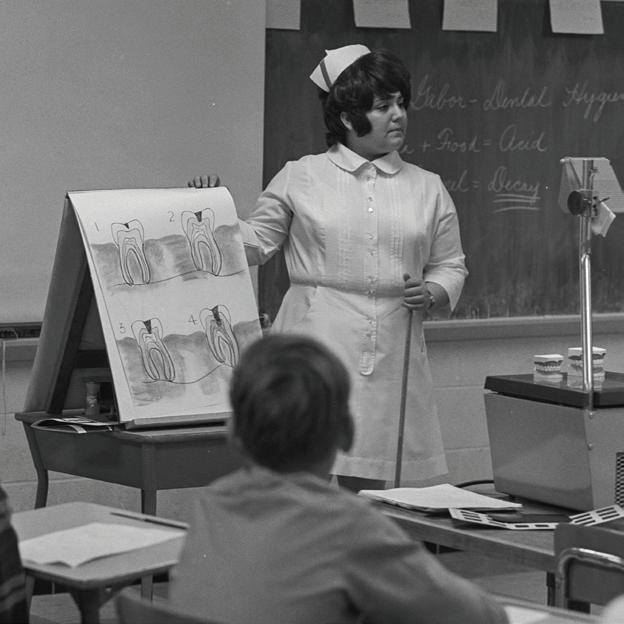
Business degrees are a mainstay of higher education and were among the first degrees offered at Tri-C. Accounting, business management and food/hotel management have been with the College from the beginning.
Other business areas have adapted to industry needs as well as culture.
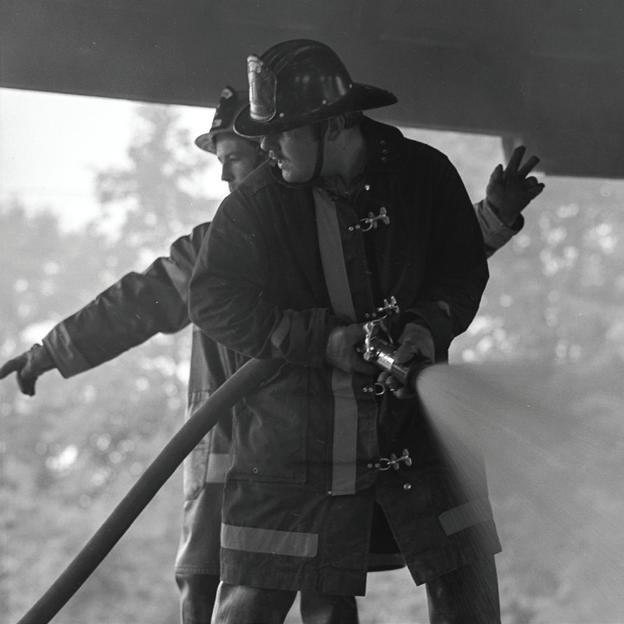
Secretarial science, for example, became office administration in 1971. In 1988, the College introduced five related certificates: administrative assistant, clerk typist, secretary, word processing operator and word processing supervisor/manager.








As local mainstay industries have expanded, many of the College’s longstanding programs have survived through specialization. Other new programs have emerged to meet demand.
Northeast Ohio’s food-service industry has a long and storied past. One example dates back to 1924, when Ettore Boiardi opened his restaurant, Il Giardino d’Italia, at East 9th Street and Woodland Avenue. It was the birthplace of what we now know as Chef Boyardee.
Food service management was introduced as a business concentration at Tri-C in 1967. The following year, it was renamed hotel-restaurant management. In 1971, it was renamed again to become hospitality management, to encapsulate the broadening industry.
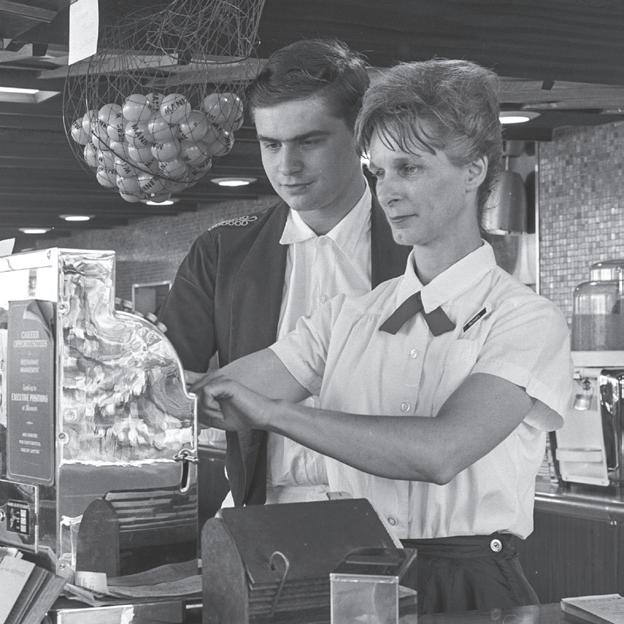
In 1973, four hospitality management emphases were introduced: hotel management, housekeeping management, institutional food management and restaurant management. A culinary arts emphasis was added the next year.
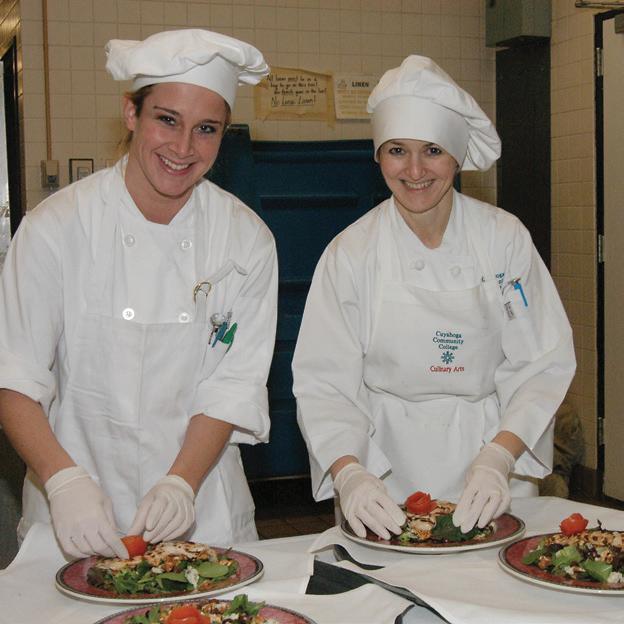
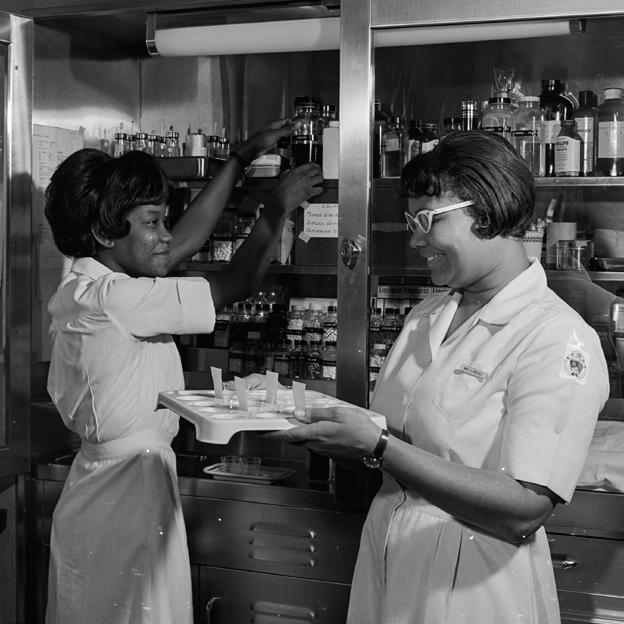
Over the years, the program has continued to reshape itself, finding new niches within the expanding definition of hospitality. Today, Tri-C features no fewer than 11 degrees and certificates under its Hospitality Management program, ranging from culinary arts to hotel, destination and event management. The Hospitality Management Center opened on Public Square in 2010.

The transformation of the media landscape could be seen as early as 1980 when the College reorganized the library/ media technology program into library/instructional media with concentrations in audio-visual communications and library/media. Today, media courses include social media communication and digital media writing, and the College offers a concentration in web and interactive media.
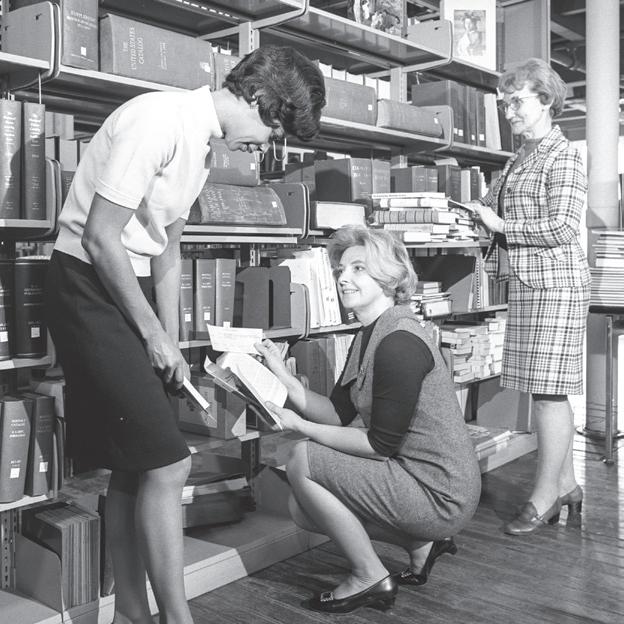
In 1990, the longstanding electrical-electronic engineering technology program also began to specialize, with concentrations in biomedical engineering technology and telecommunications offered in addition to the general degree.




The College also responded to changes in the automotive industry, long a dominant force along the Great Lakes, with the introduction of the Automotive Technology program in 1990. This program remains one of the College’s most successful, enjoying full enrollment and nearly 100% post-graduation employment. The Advanced Automotive Technology Center at Western Campus was updated and expanded in 2019.
From its beginning, Tri-C has positioned itself as a leader in innovation, working with business and industry to develop programs that reflect the needs of the workforce. Sometimes innovation has taken the form of biomedical engineering labs. Other times it has taken the form of 8 mm film projectors. Times change, but Tri-C’s commitment to adaptive, resultsoriented programming has not.
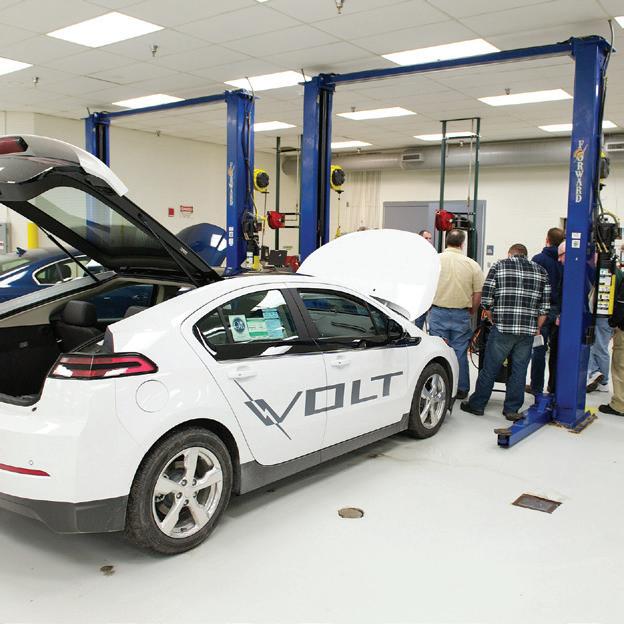
THE LAVA LAMP WAS INVENTED IN 1963. THE SAME YEAR AS TRI-C’S FOUNDING.
A GREAT EDUCATION FOR LESS BREAD, YA DIG!?
WHAT COULD BE GROOVIER THAN THAT?




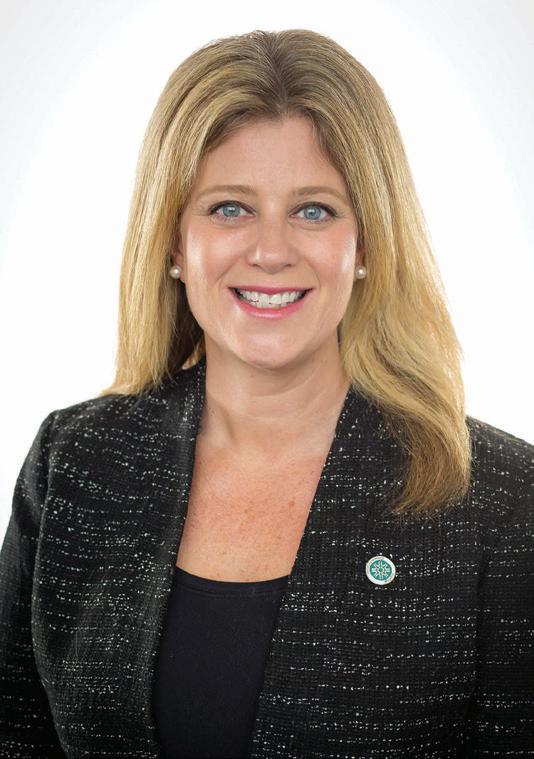
In 2022, Tri-C commemorated its first graduating class with a plaque at the District Administrative Services building on Carnegie Avenue that bears the names of all 84 graduates. Ten members of the Class of 1965 were there that day to share their experiences of being Tri-C alums.
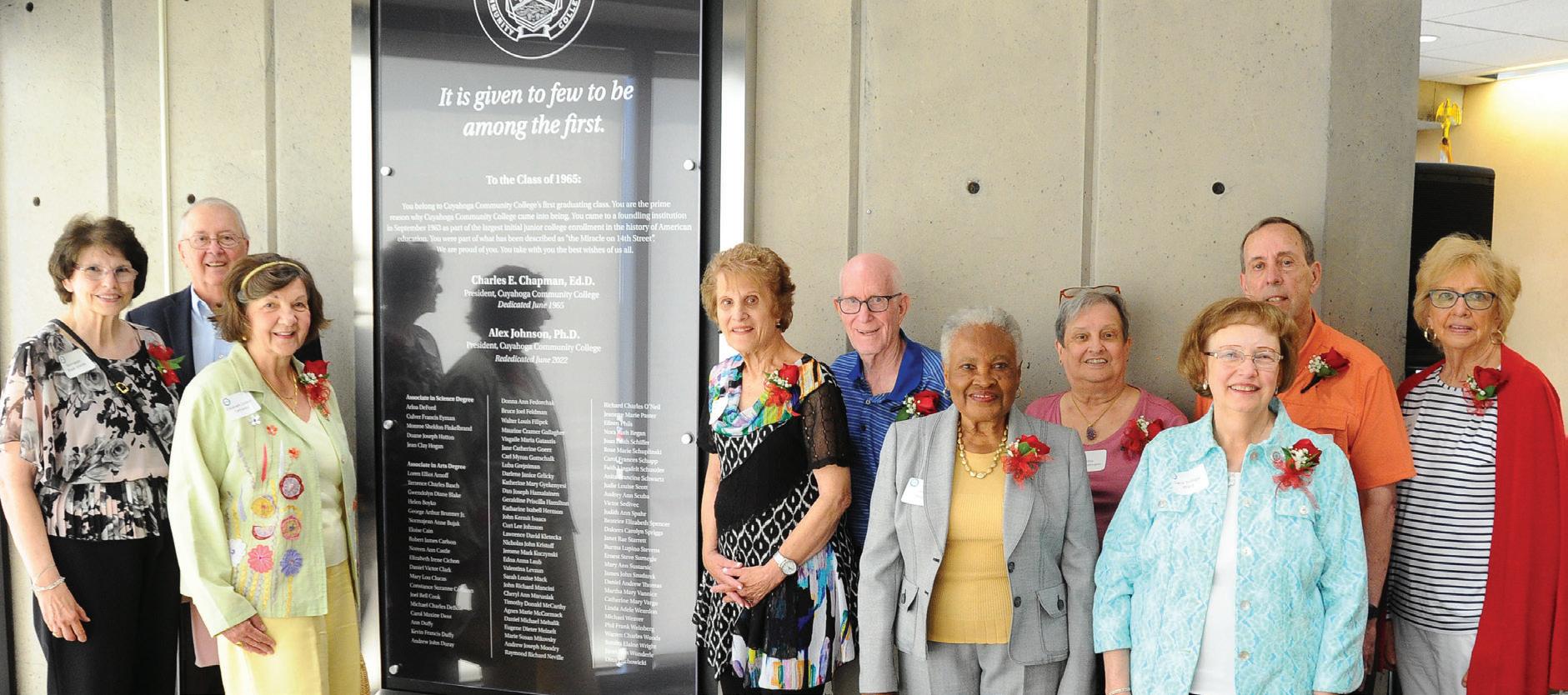
Loren Arnoff, one of those 1965 graduates, is an example of the important lifelong connection between Tri-C and its students. He stays in touch with Tri-C’s alumni relations team and visits the area periodically to see what’s new at the College.
“A part of me will always be connected to Tri-C. I went there all those years ago unsure of what I wanted to do with my life, and Tri-C helped give me a sense of direction,” he said. “It’s done that for countless students over the years.”

 BY Megan O'Bryan
BY Megan O'Bryan
More than 1.2 million students have come through Tri-C’s doors with dreams of a better future for themselves and their families. Even after they leave to make an impact in the world, their connection to Tri-C continues. The Alumni Relations Office helps students maintain a strong connection with Tri-C through a monthly alumni newsletter, an alumni council, alumni programs and events, continuing education and professional networking. Many alumni use our career services or seek advice and mentoring from their former professors, and others return over the years to upgrade their skills or change their careers. Our alumni also help to “pay it forward” by setting up scholarships and internships, volunteering their time to help students or the College, or donating toward existing scholarships.
This dynamic is a key part of the Tri-C community. Nowhere is the impact of our alumni felt more than right here in Northeast Ohio, where more than 85% of Tri-C graduates live and work.







President Michael A. Baston said it best during his inauguration remarks earlier this year: “Our graduates have gone on to pursue successful careers, start their own businesses and contribute to the economic development of our region. They are doctors, lawyers, engineers, teachers and entrepreneurs.”
Those trailblazers from our first graduating class still hold a special place while continually reminding us of our service to our students. The closing sentences of the inscription on the plaque reflect that: "You belong to Cuyahoga Community College’s first graduating class, and you are the prime reason why Cuyahoga Community College came into being."

Since 1992, generous supporters of the Presidential Scholarship Luncheon have made possible $24 million benefiting student scholarships to help uplift our community. Thank you!







See the highlights and learn more at tri-c.edu/psl.




